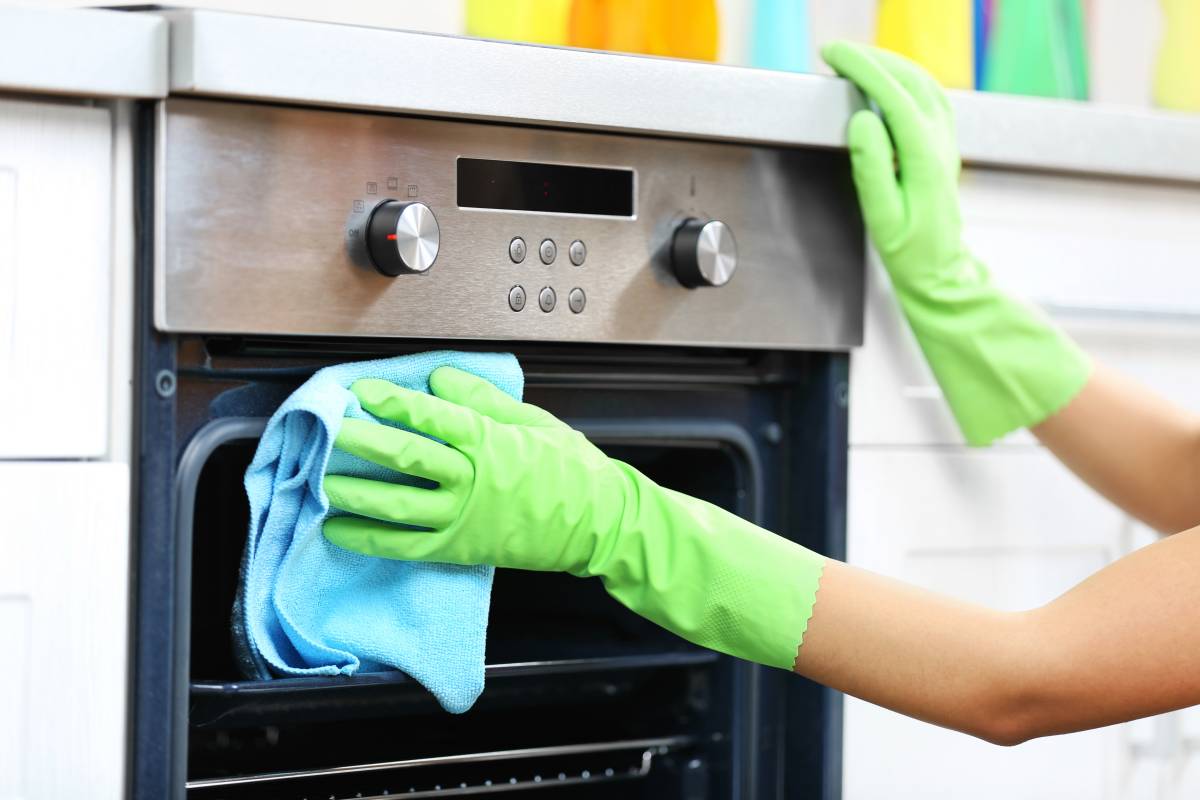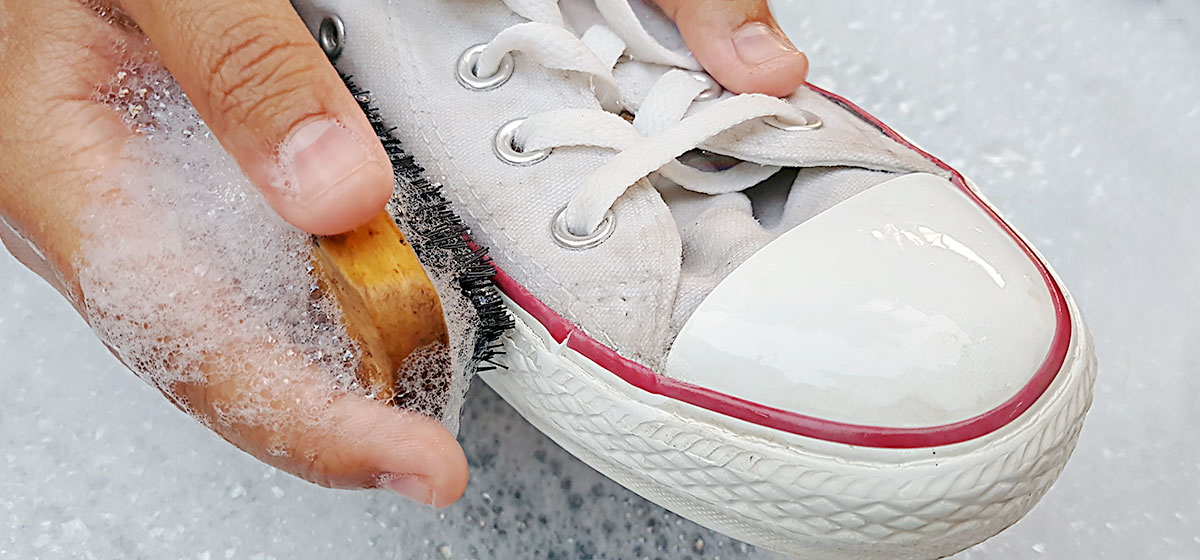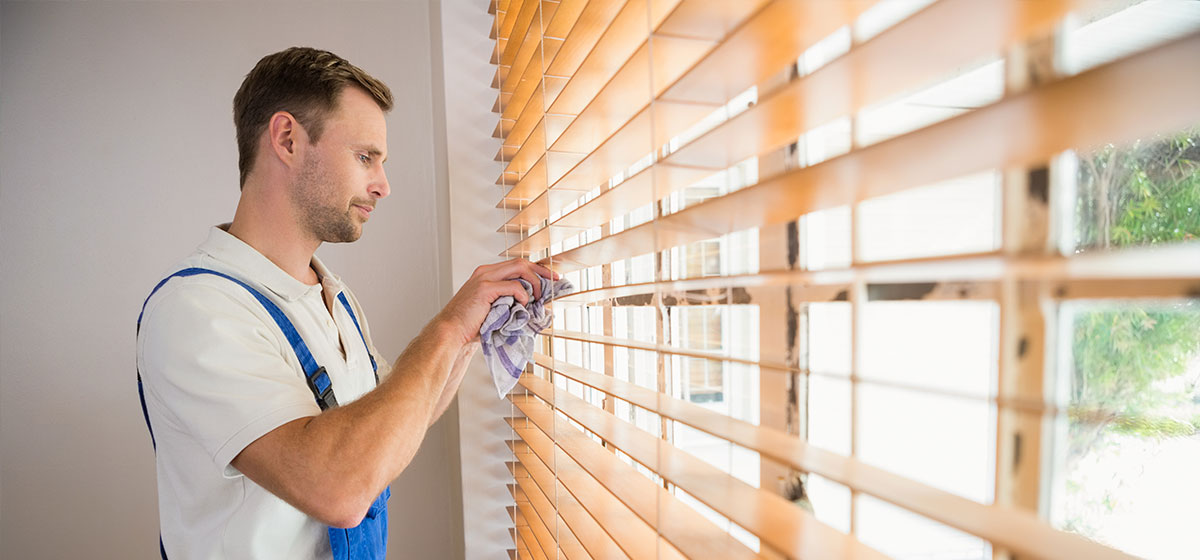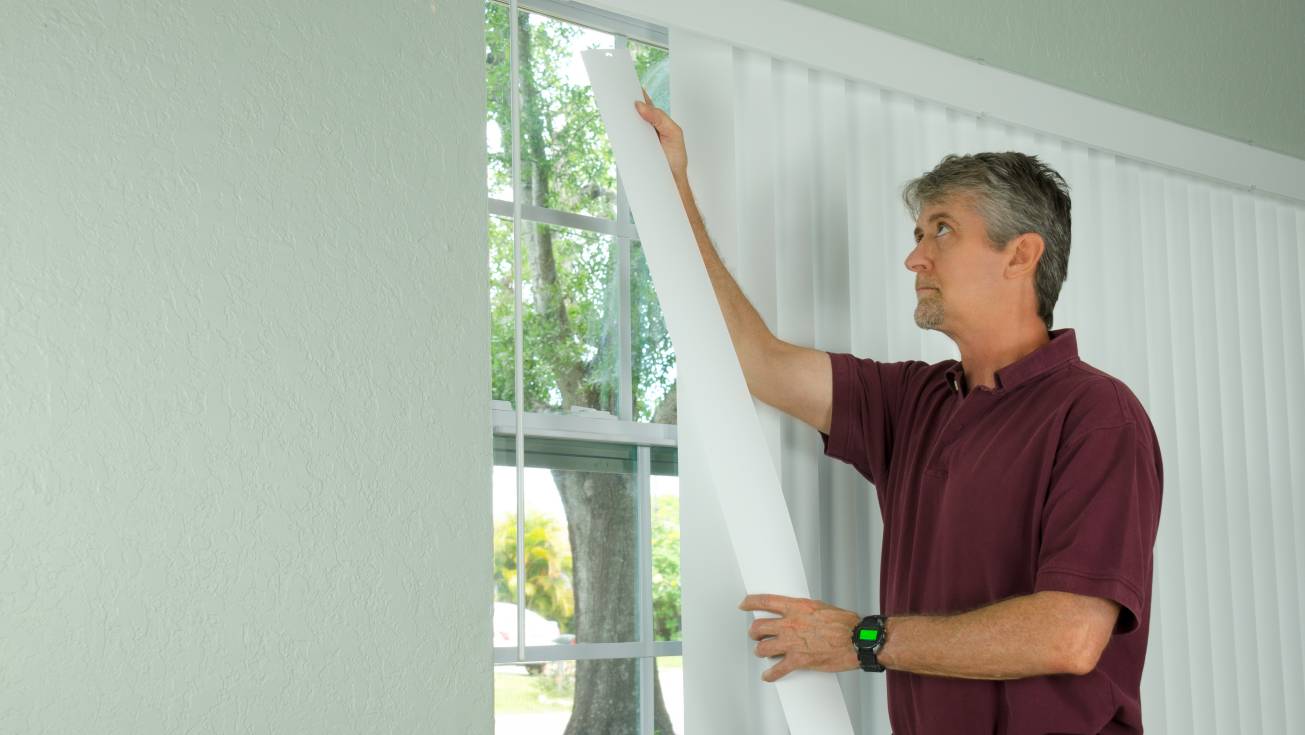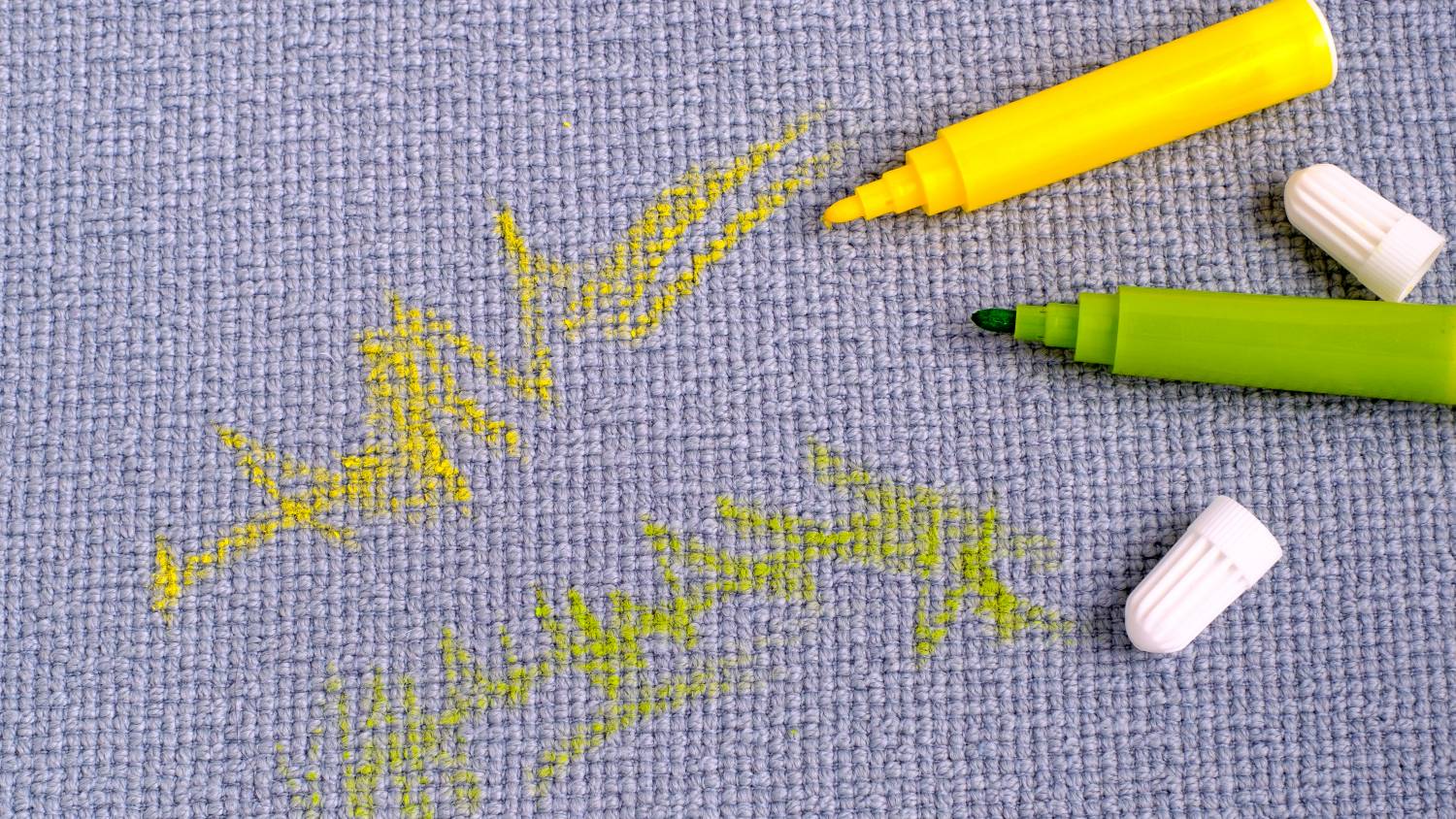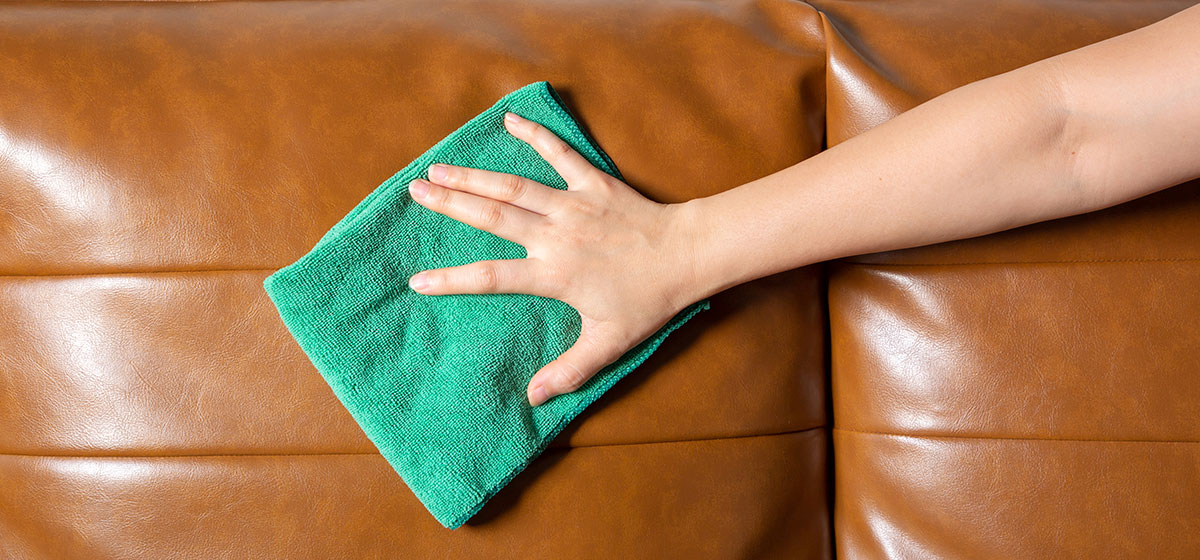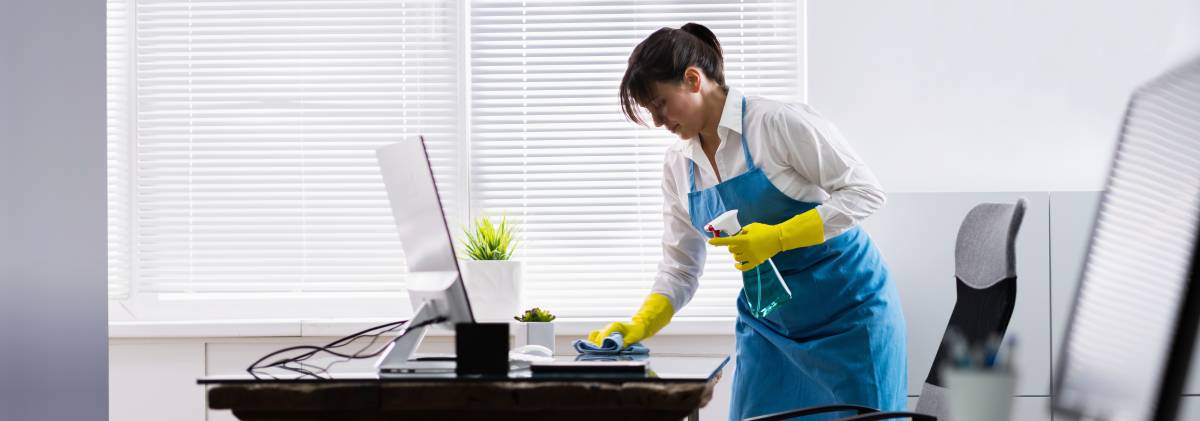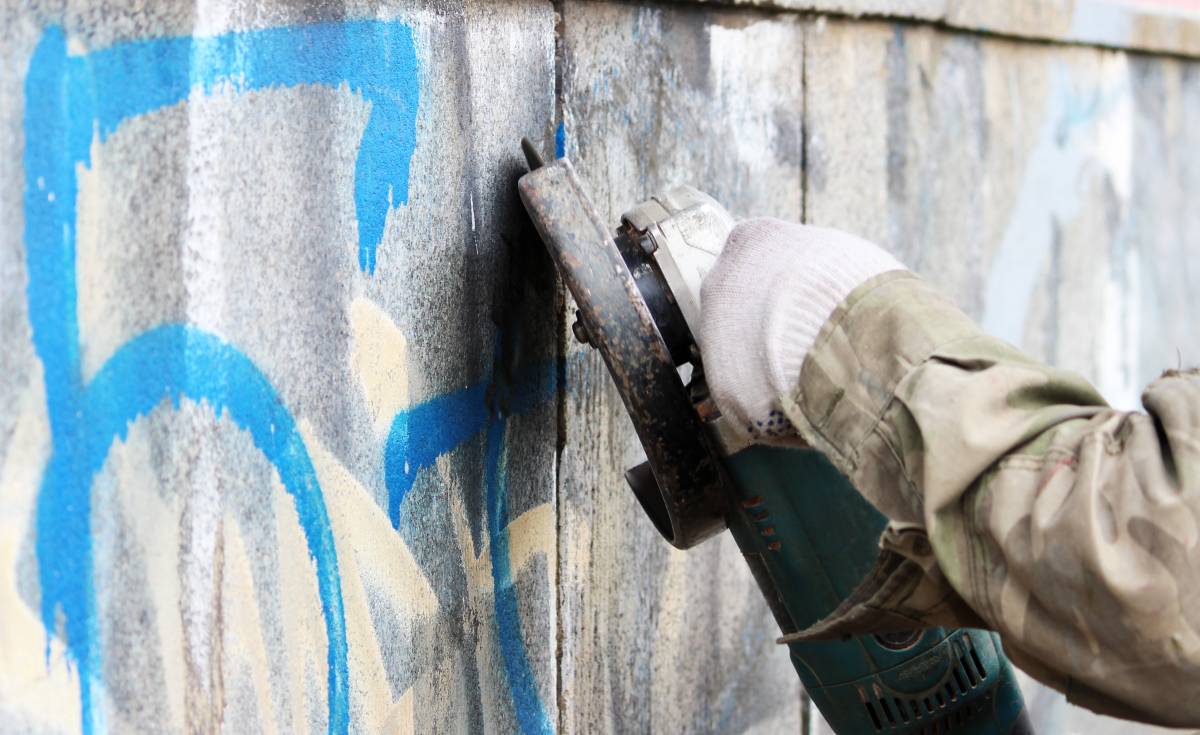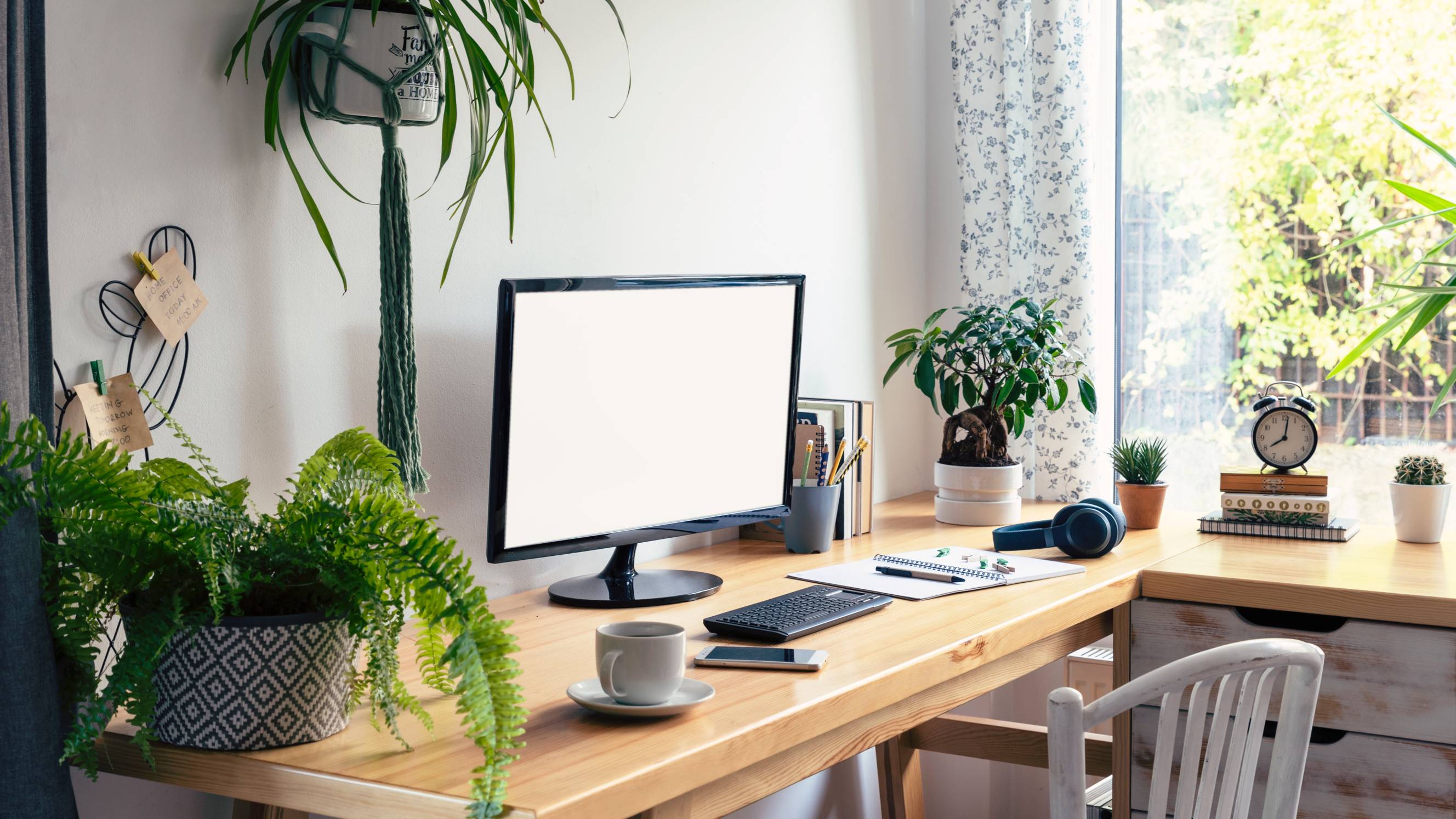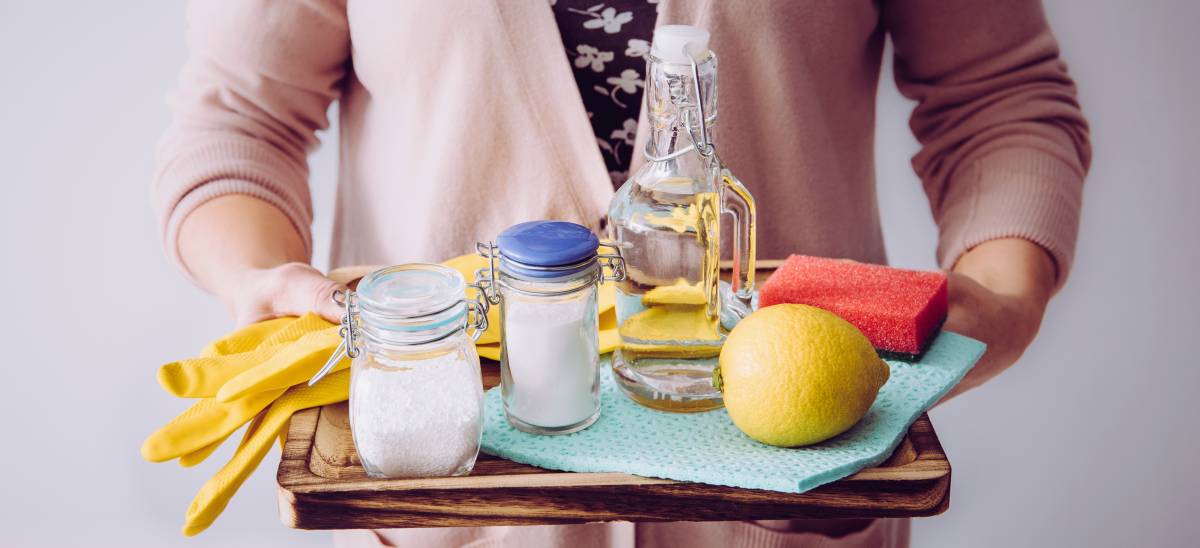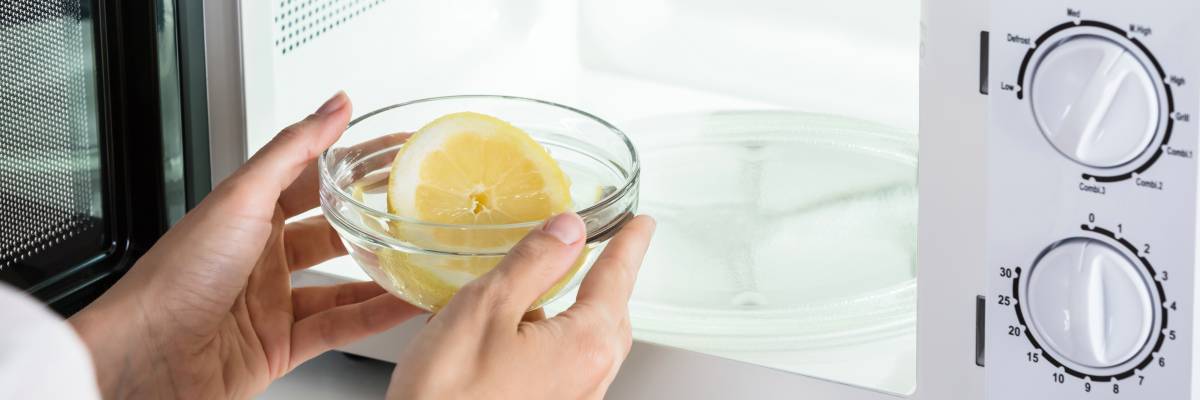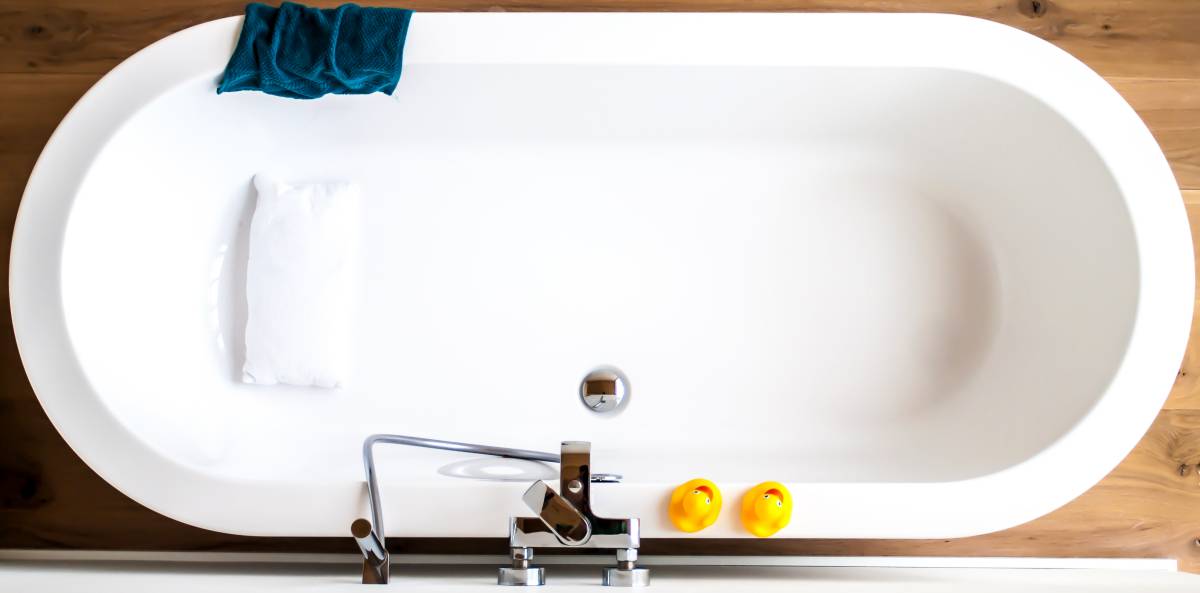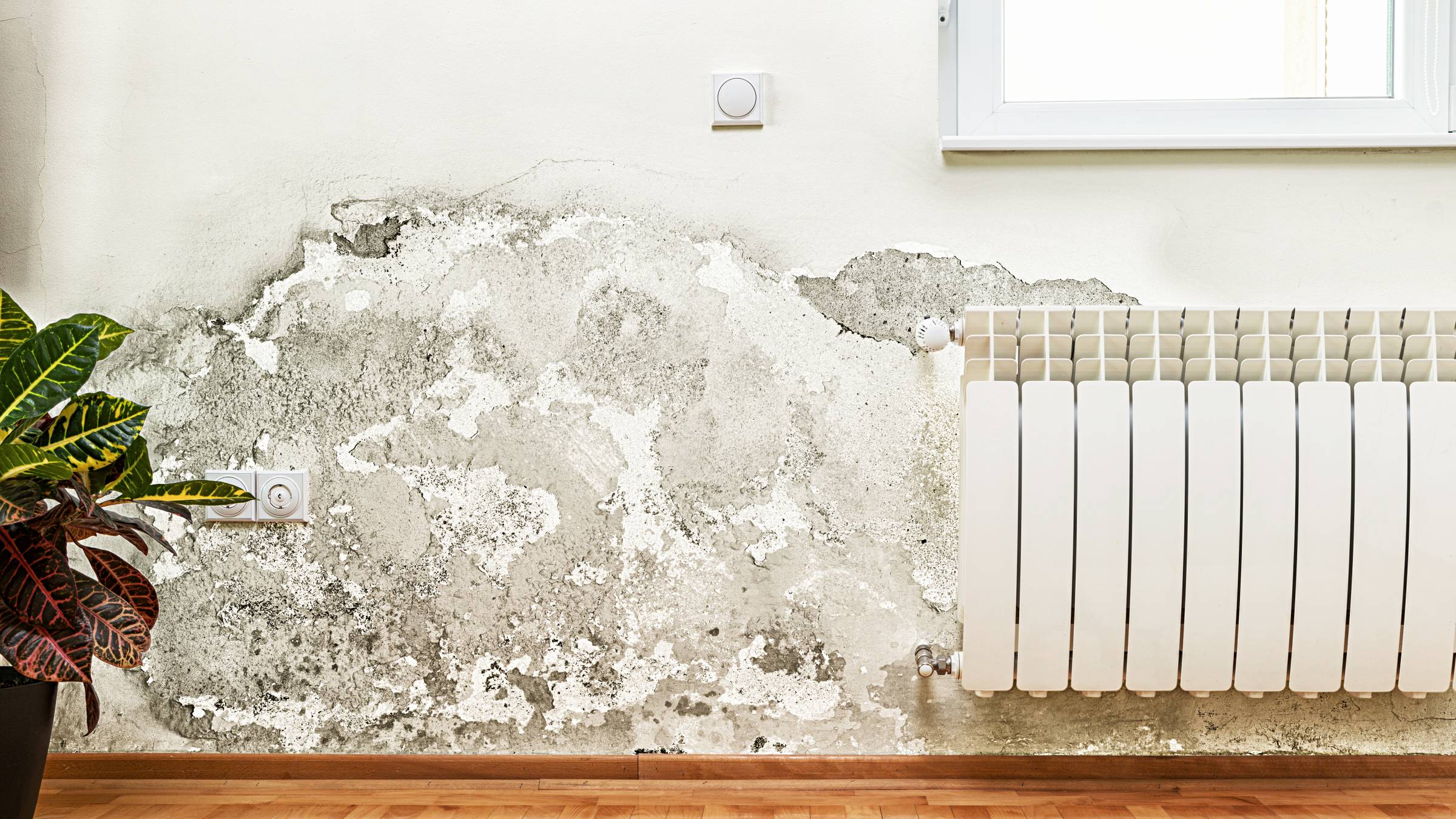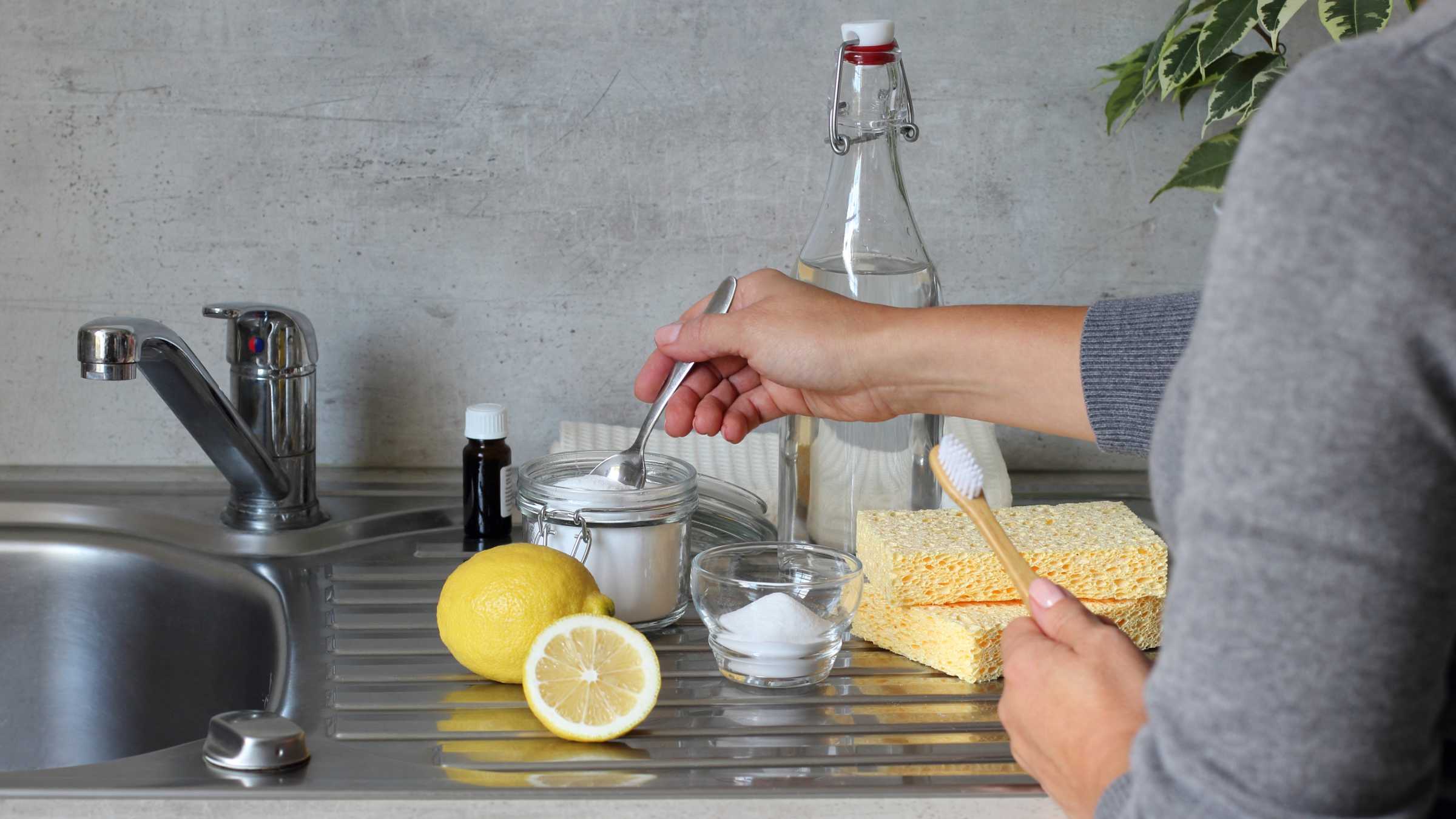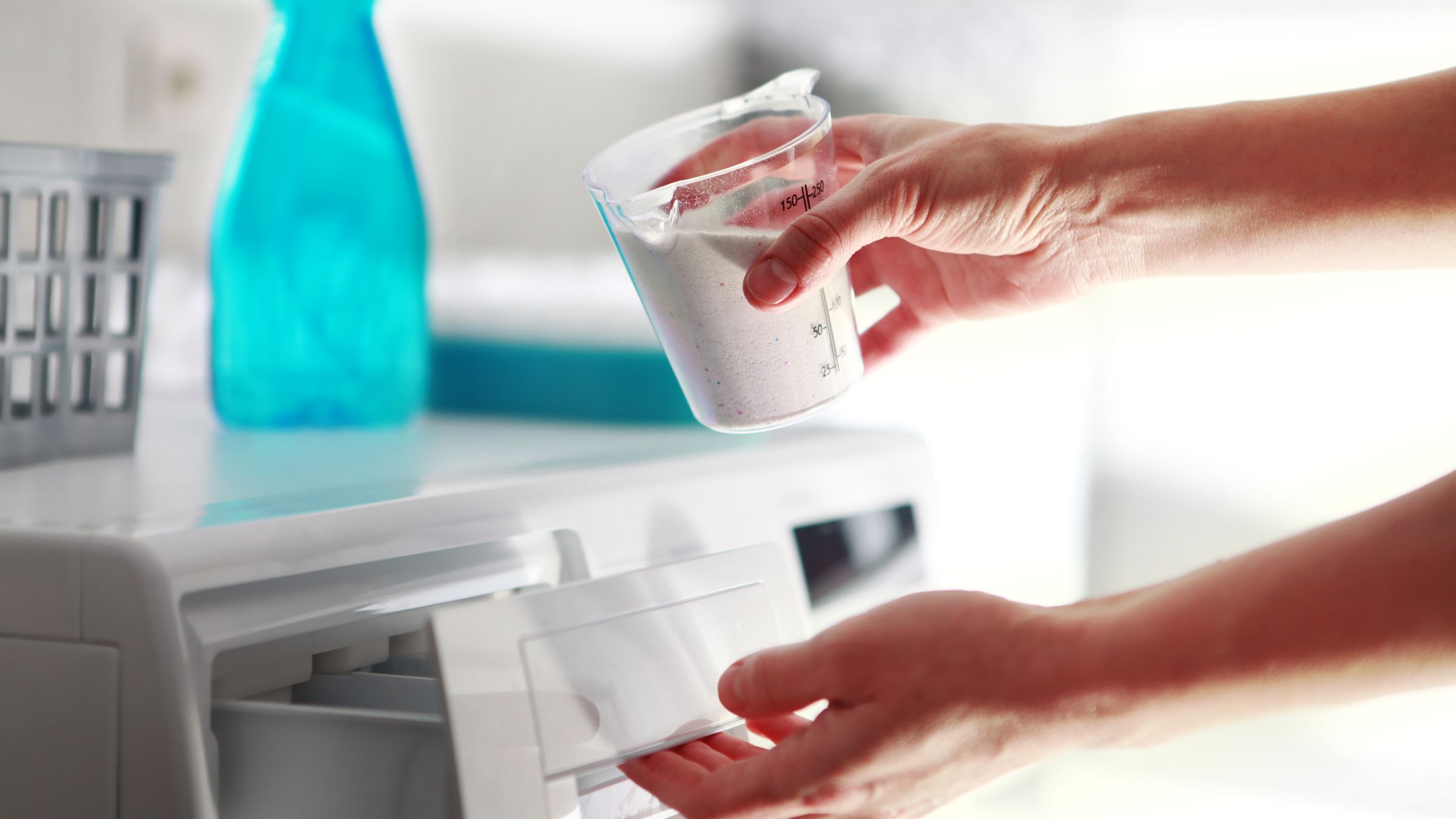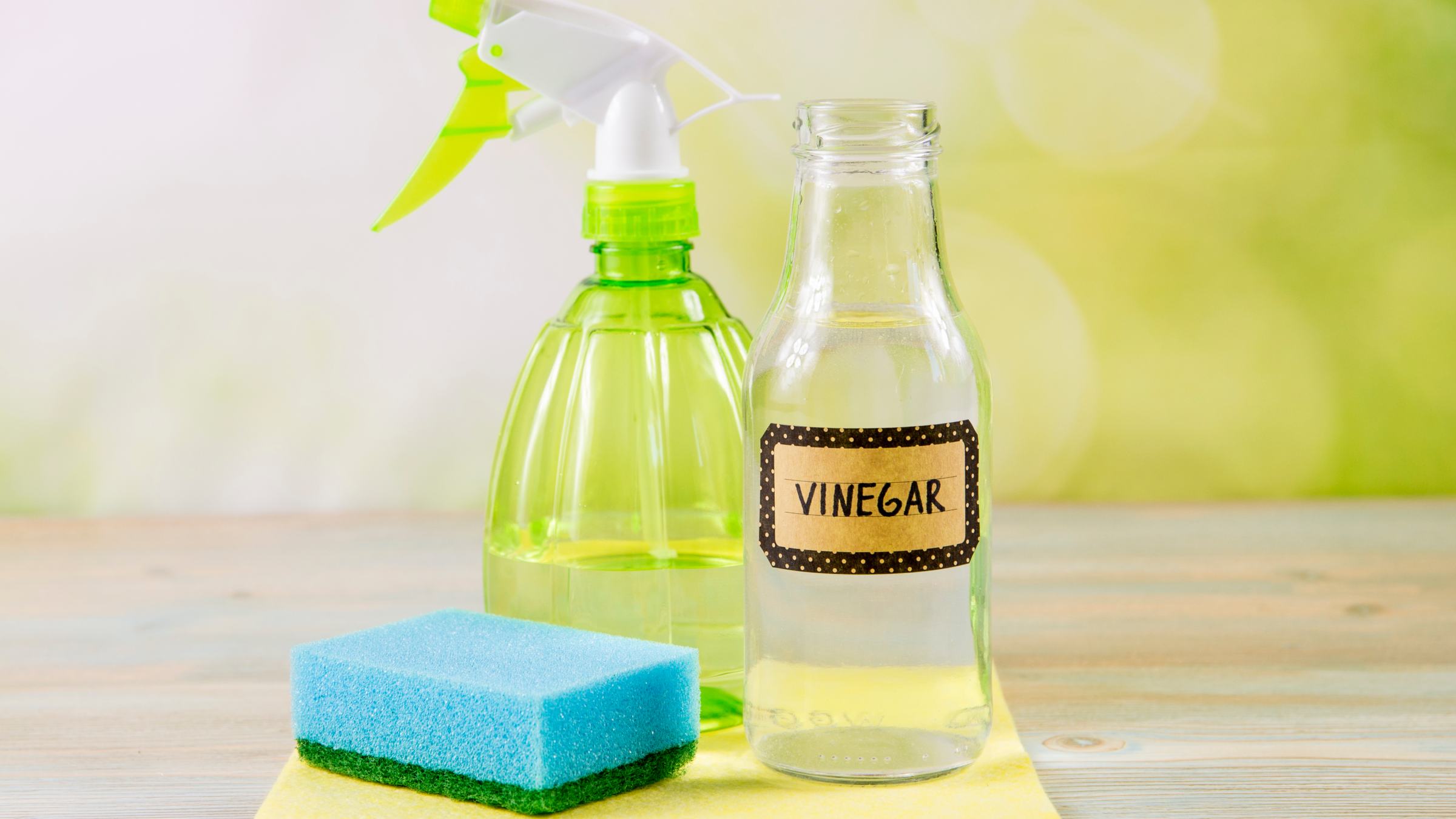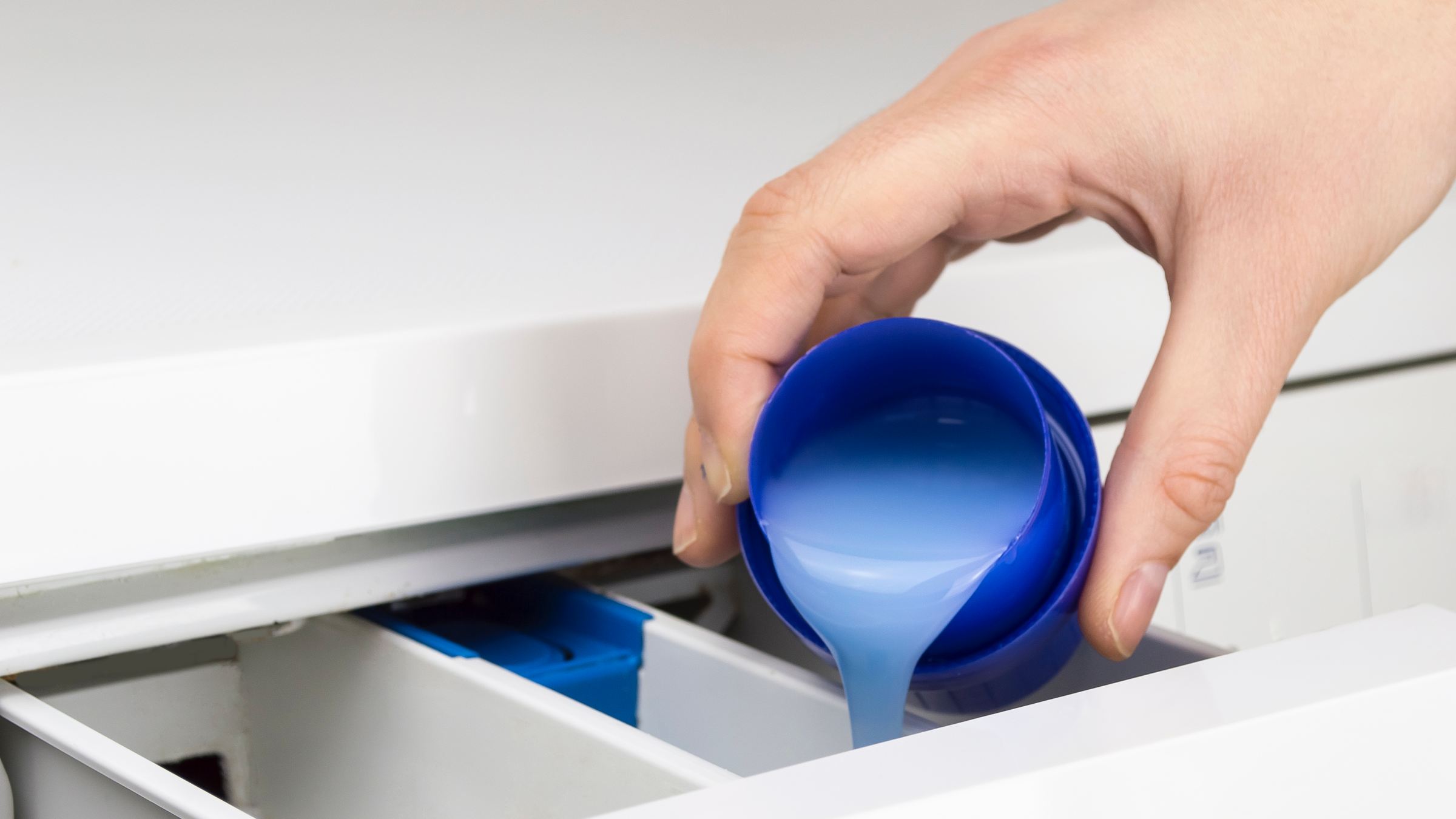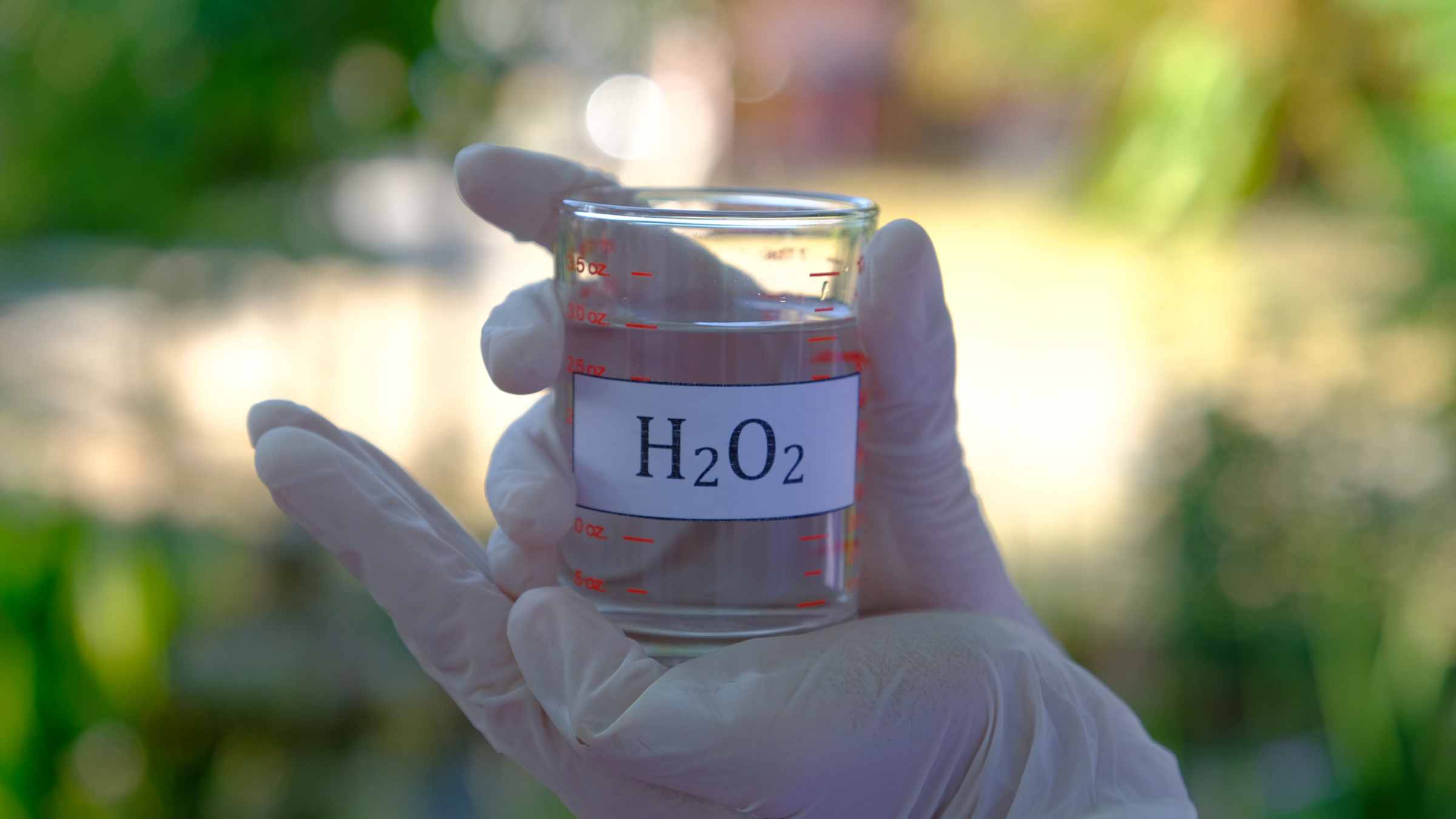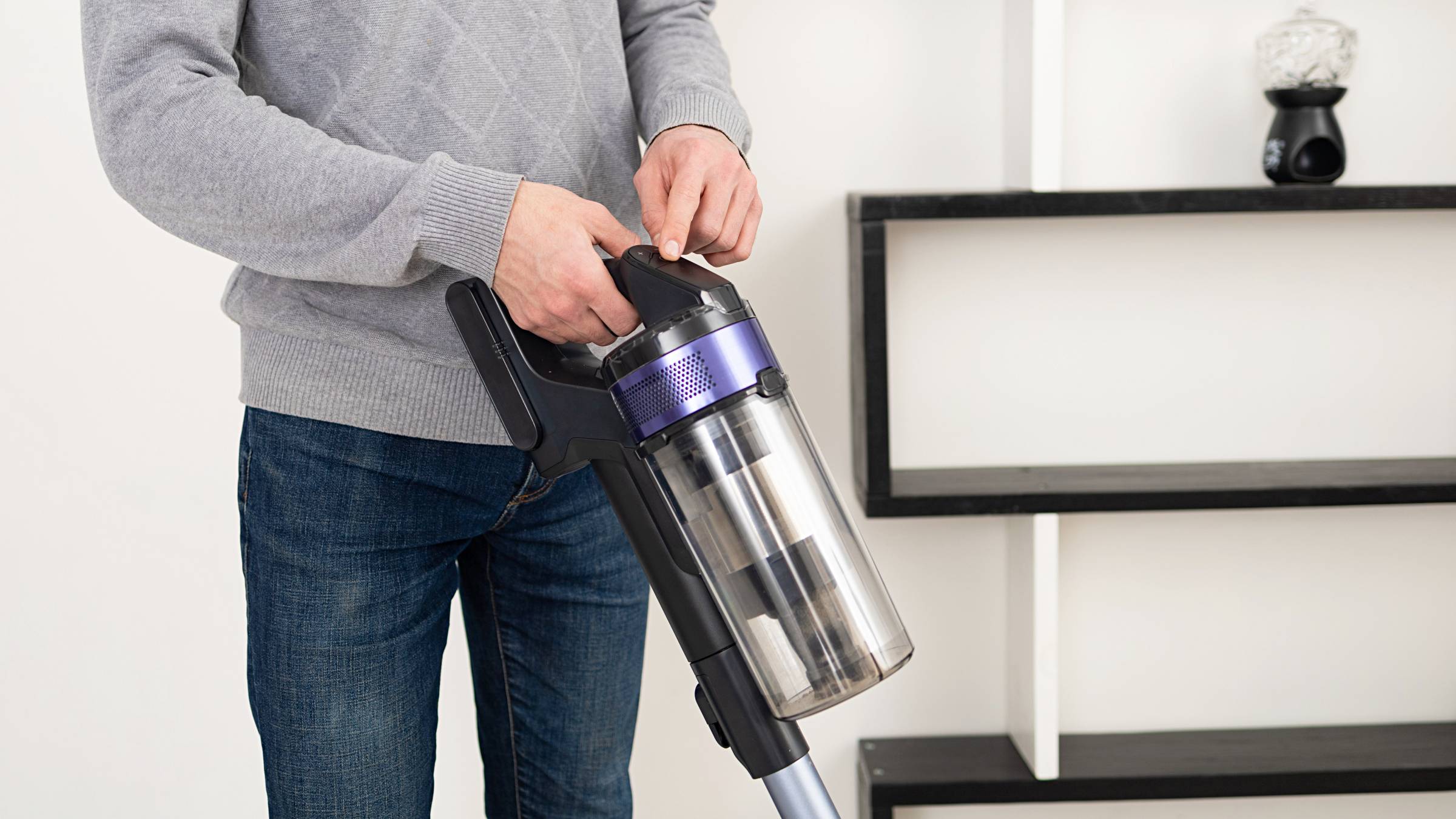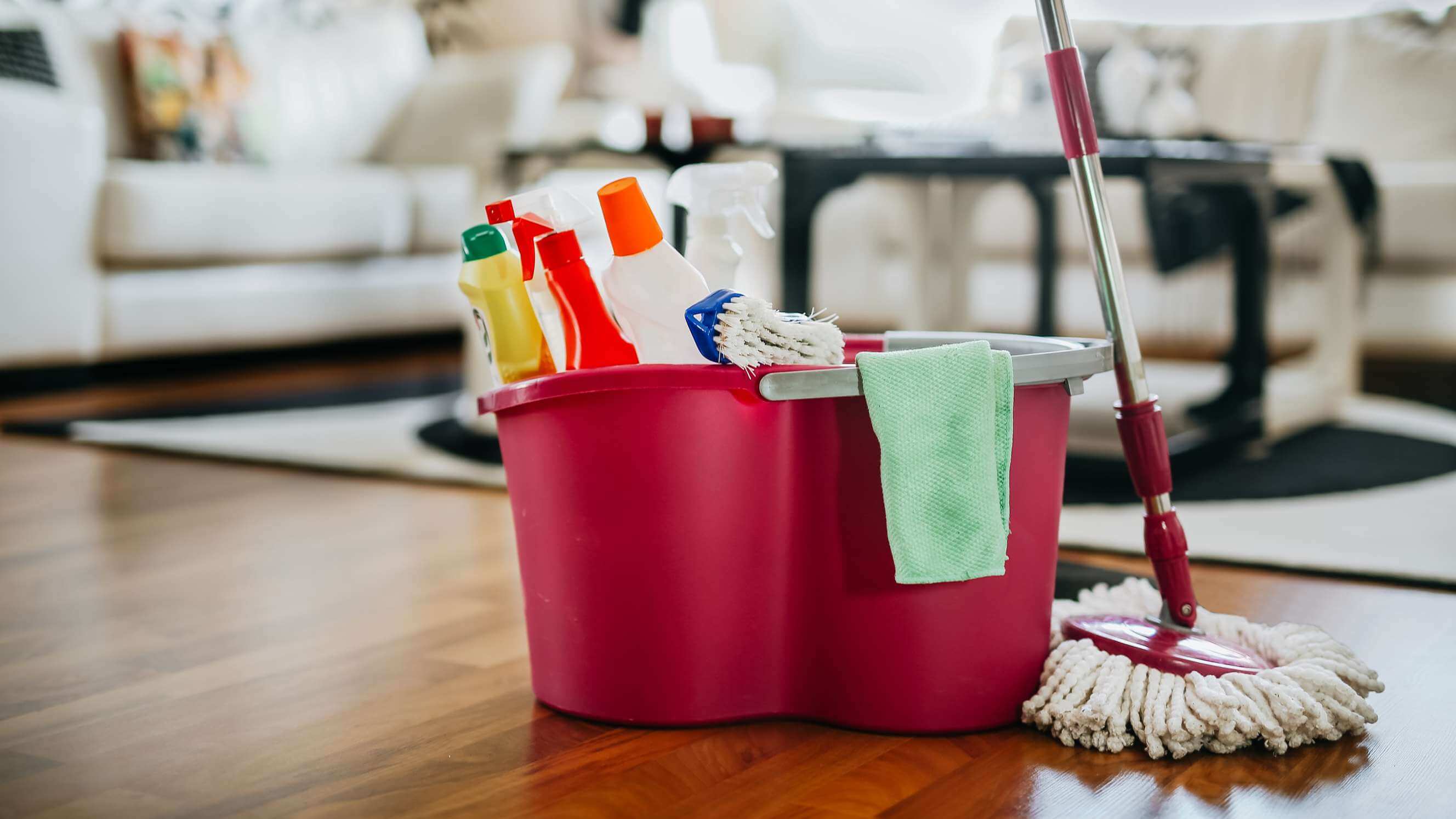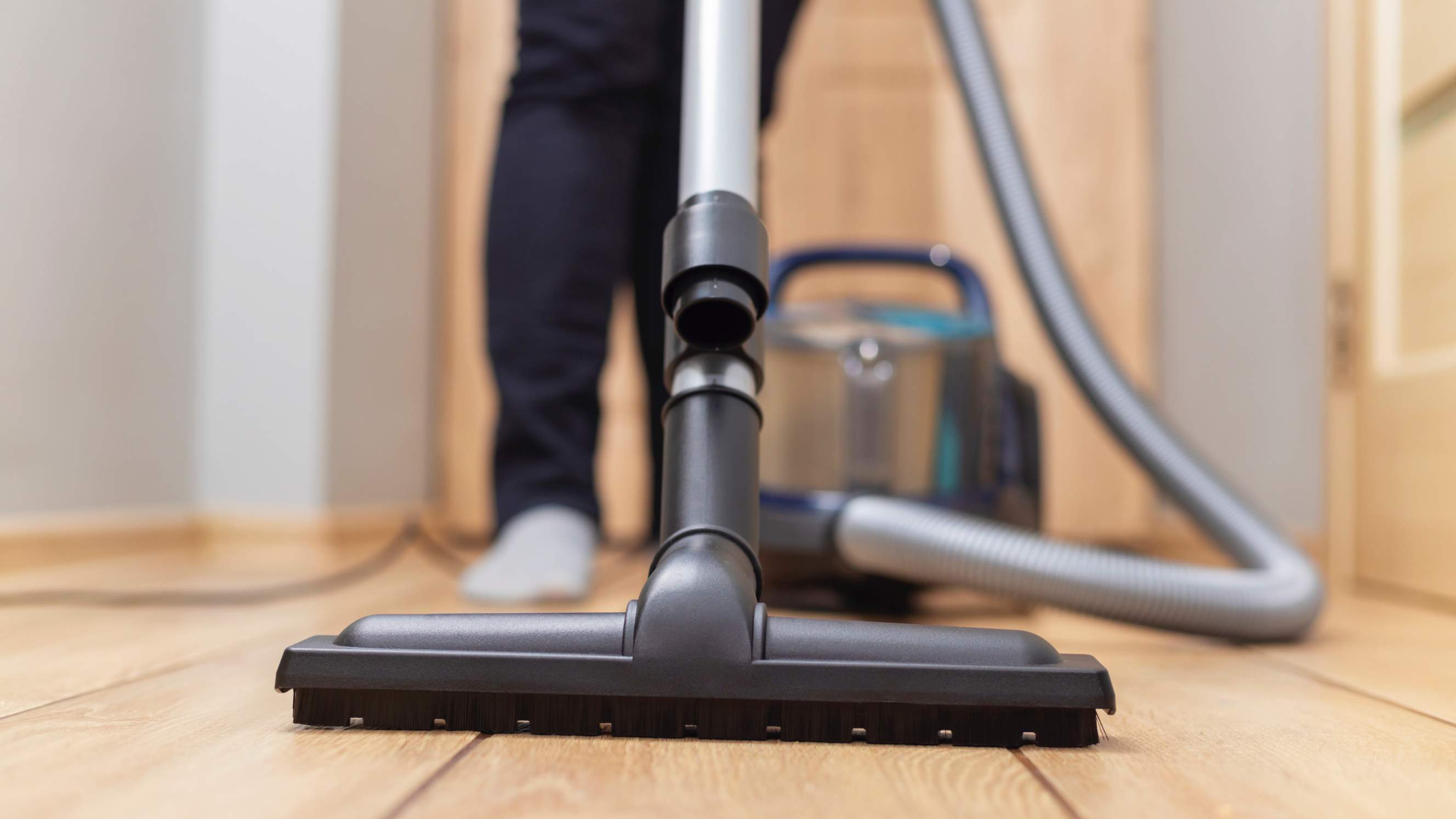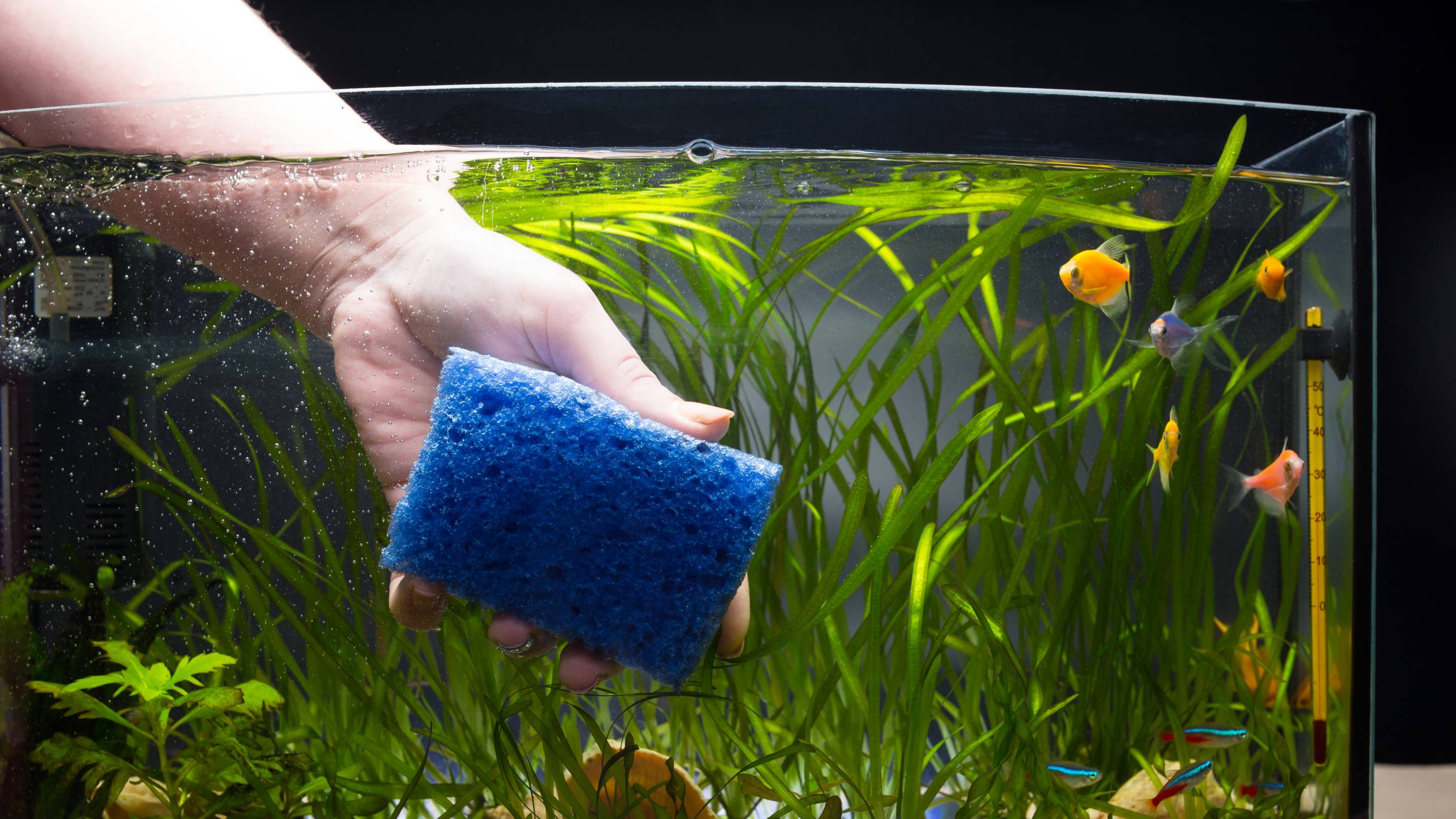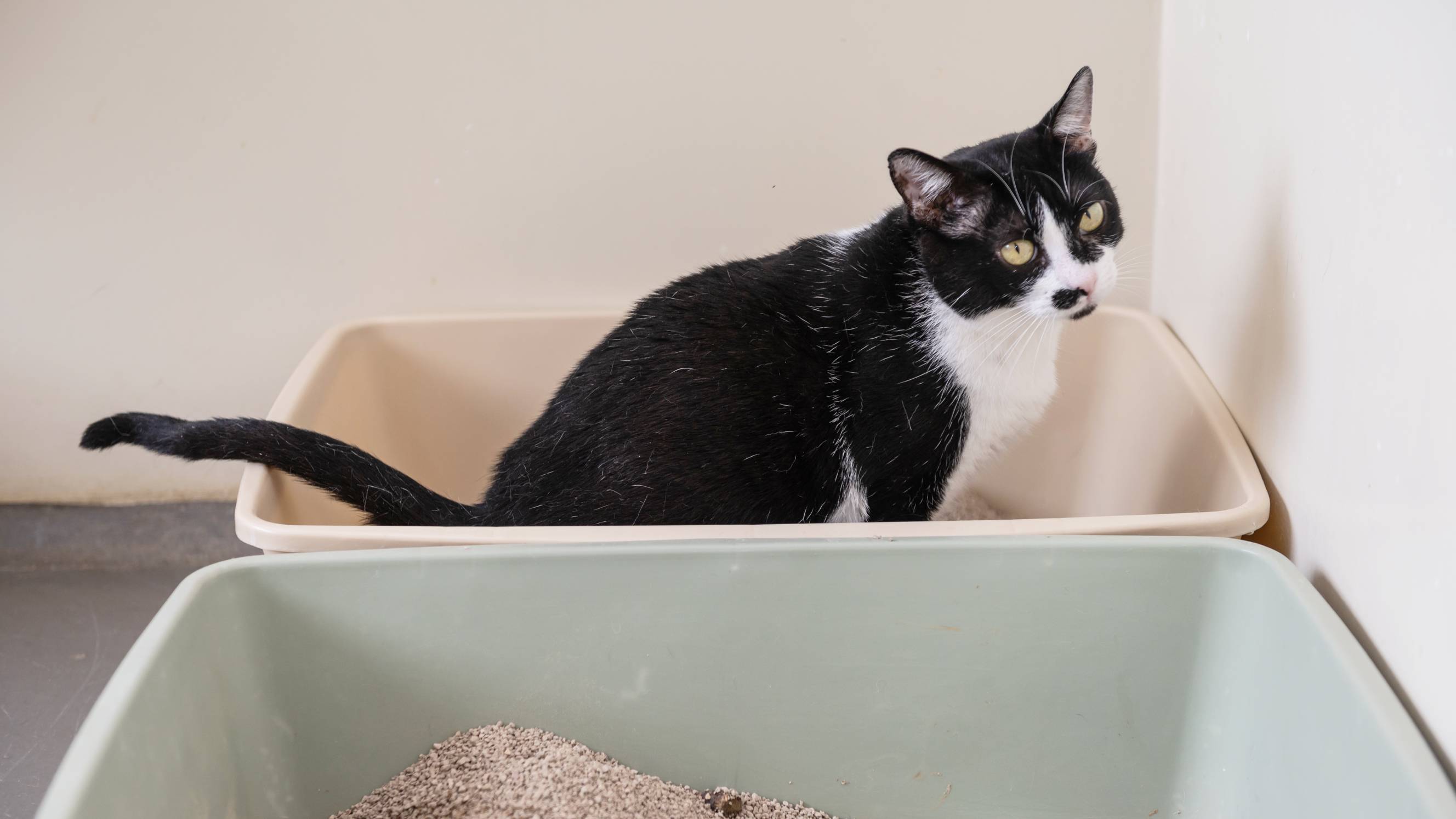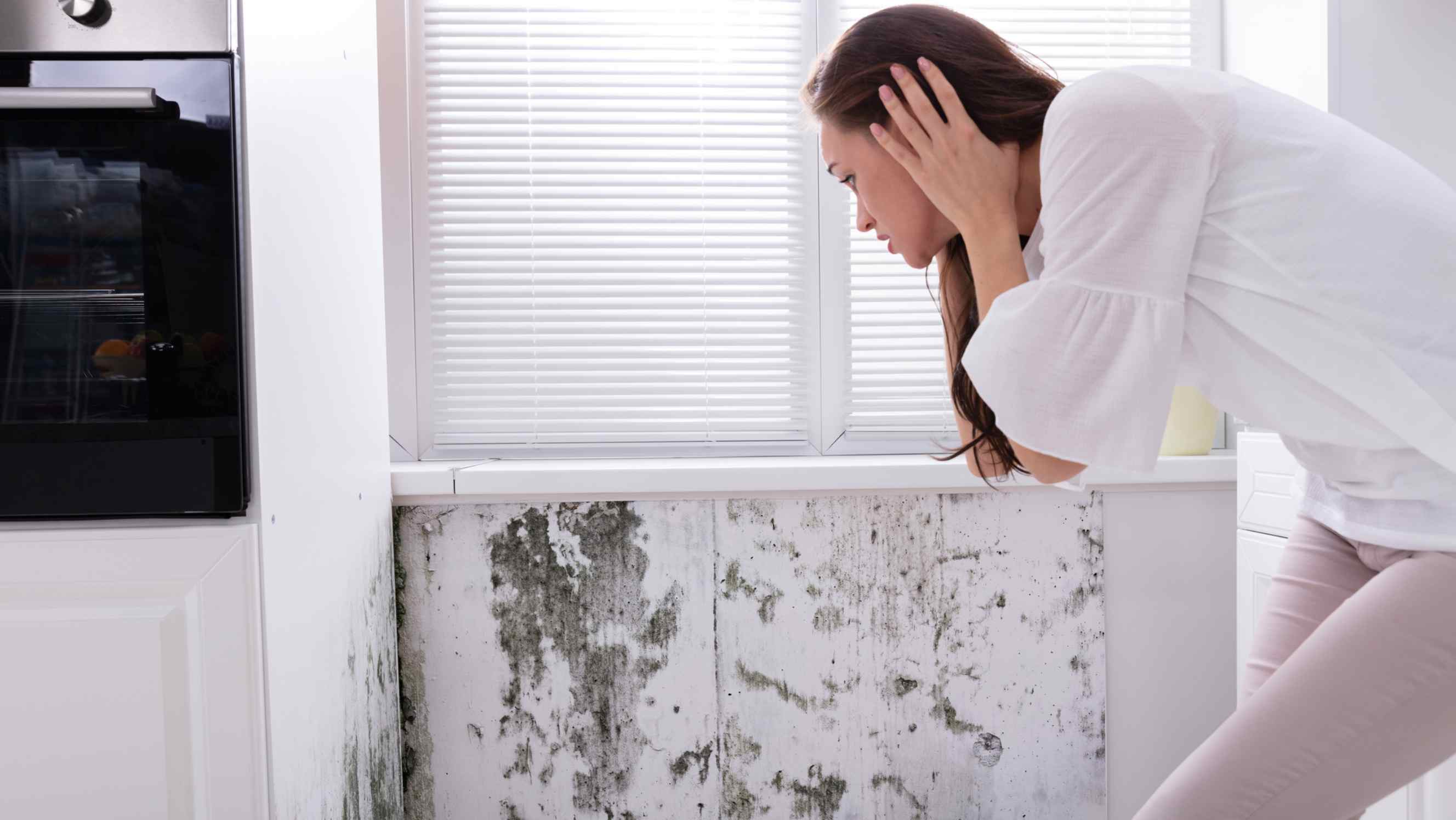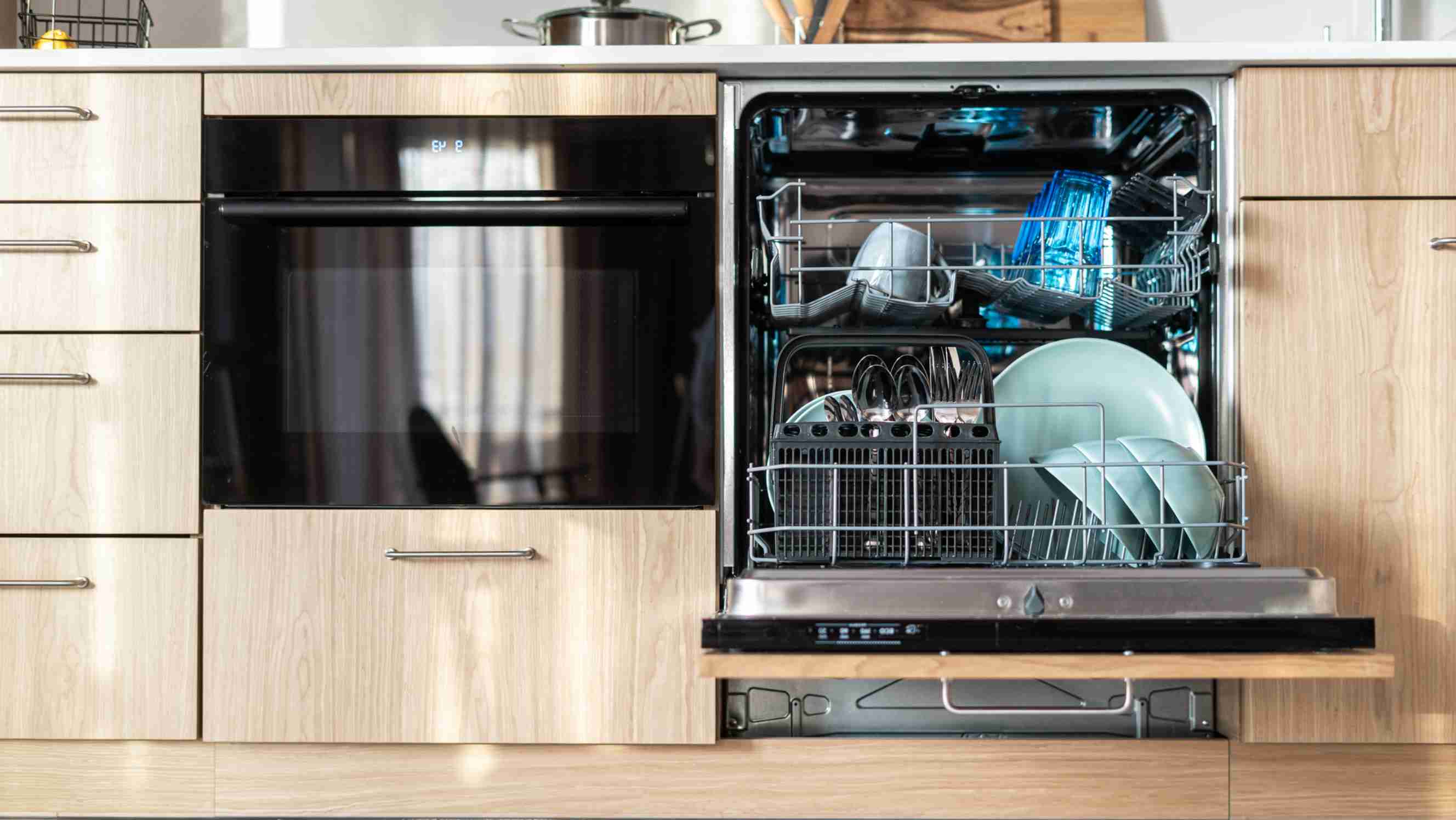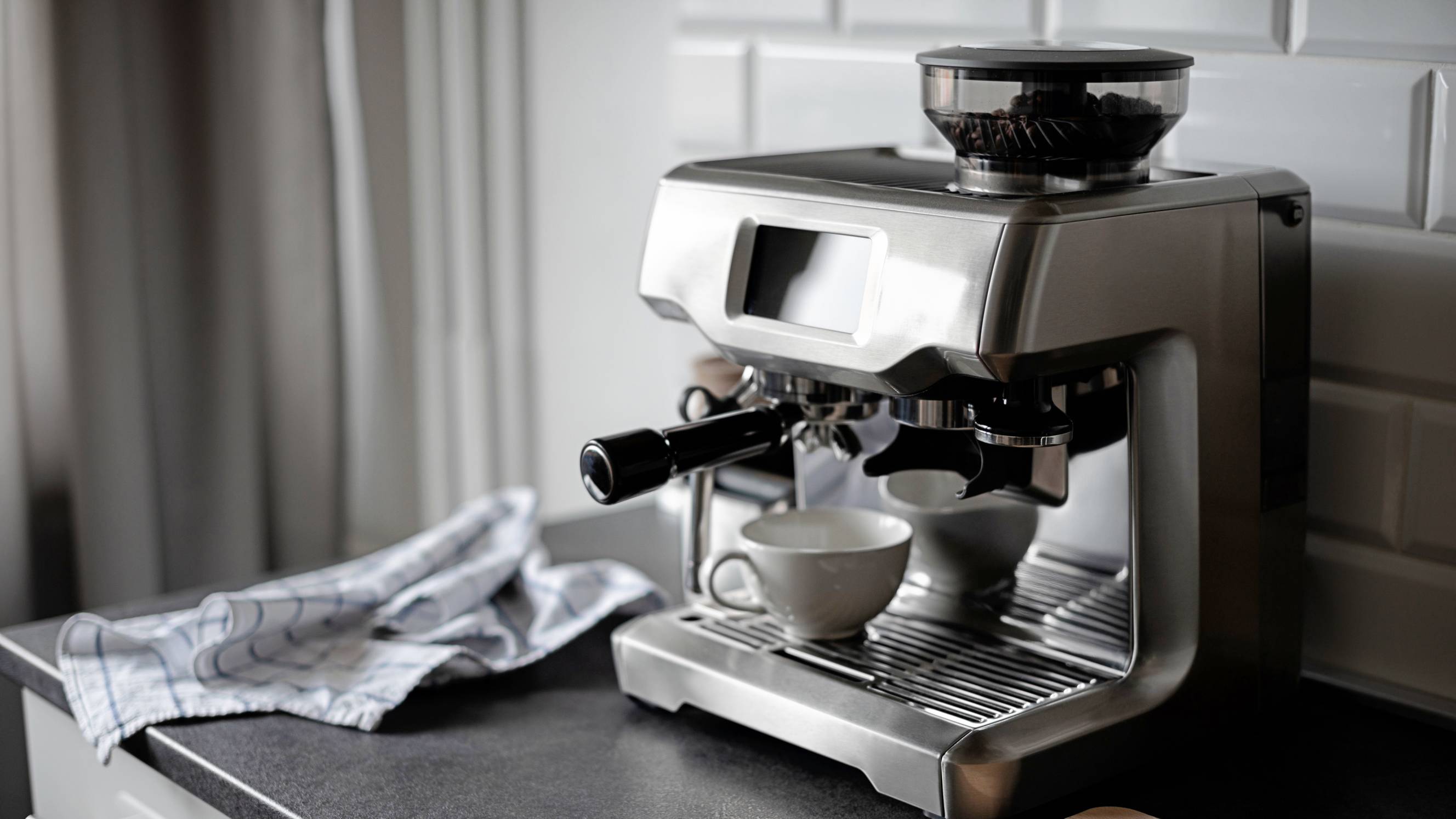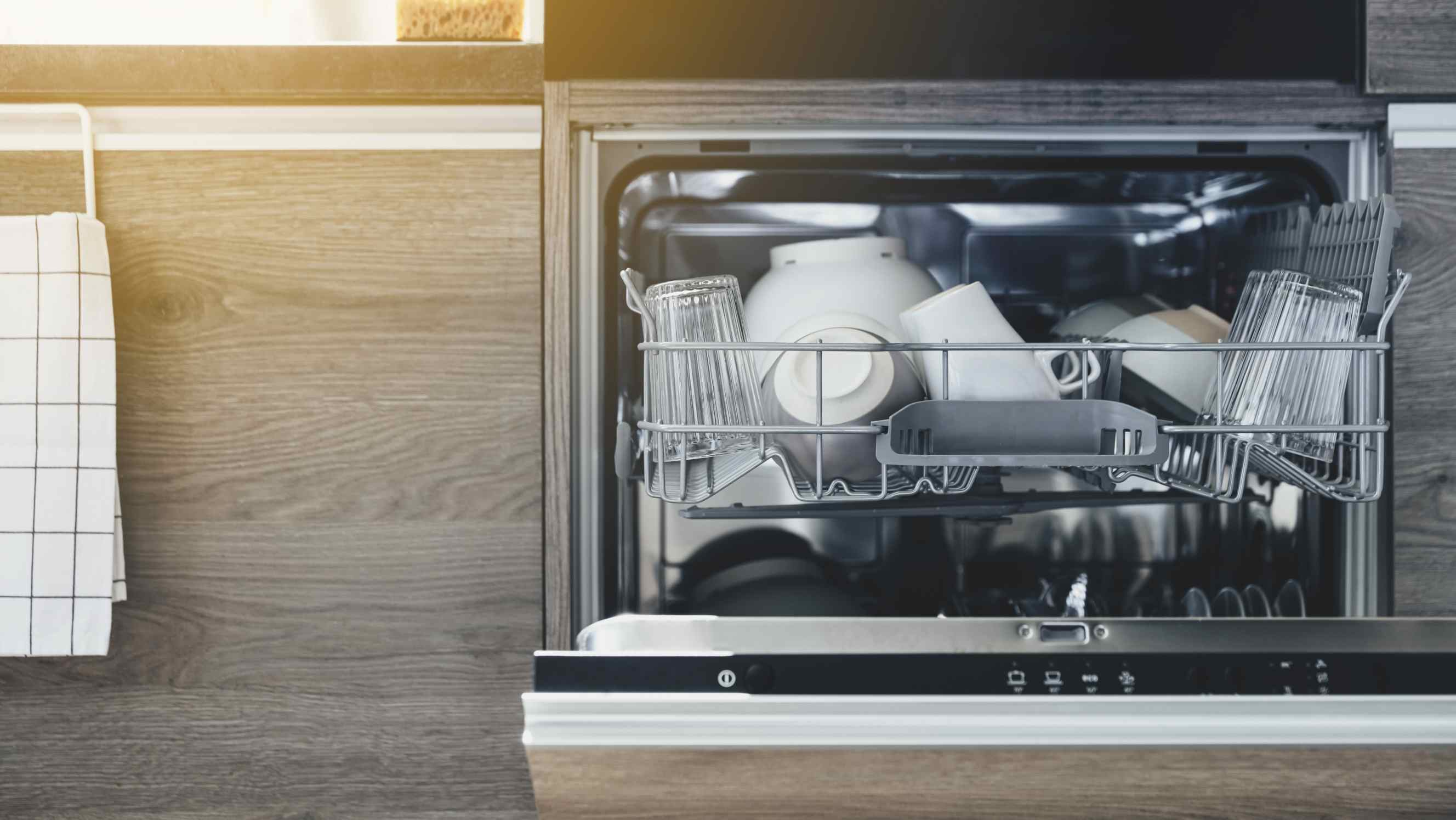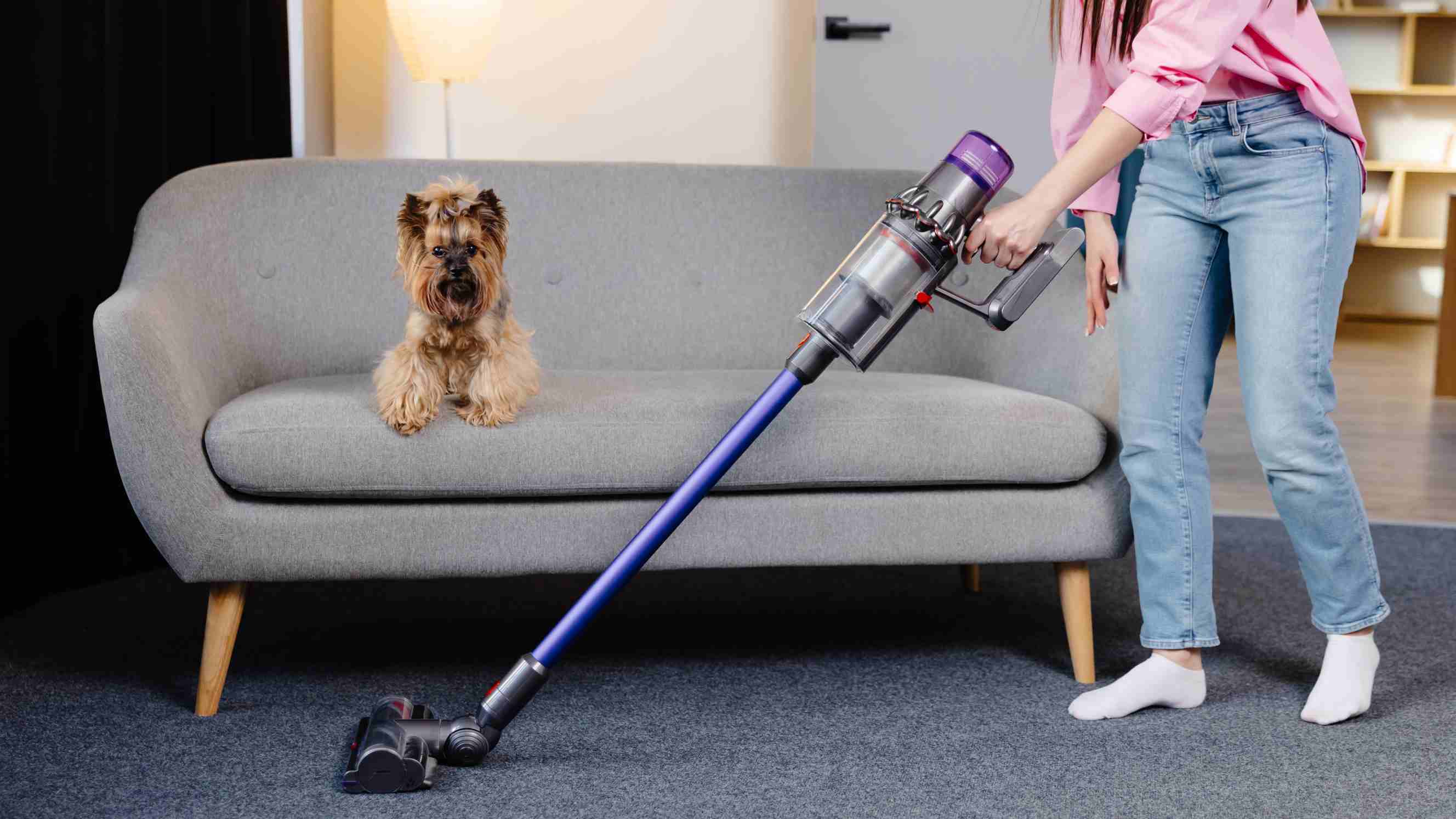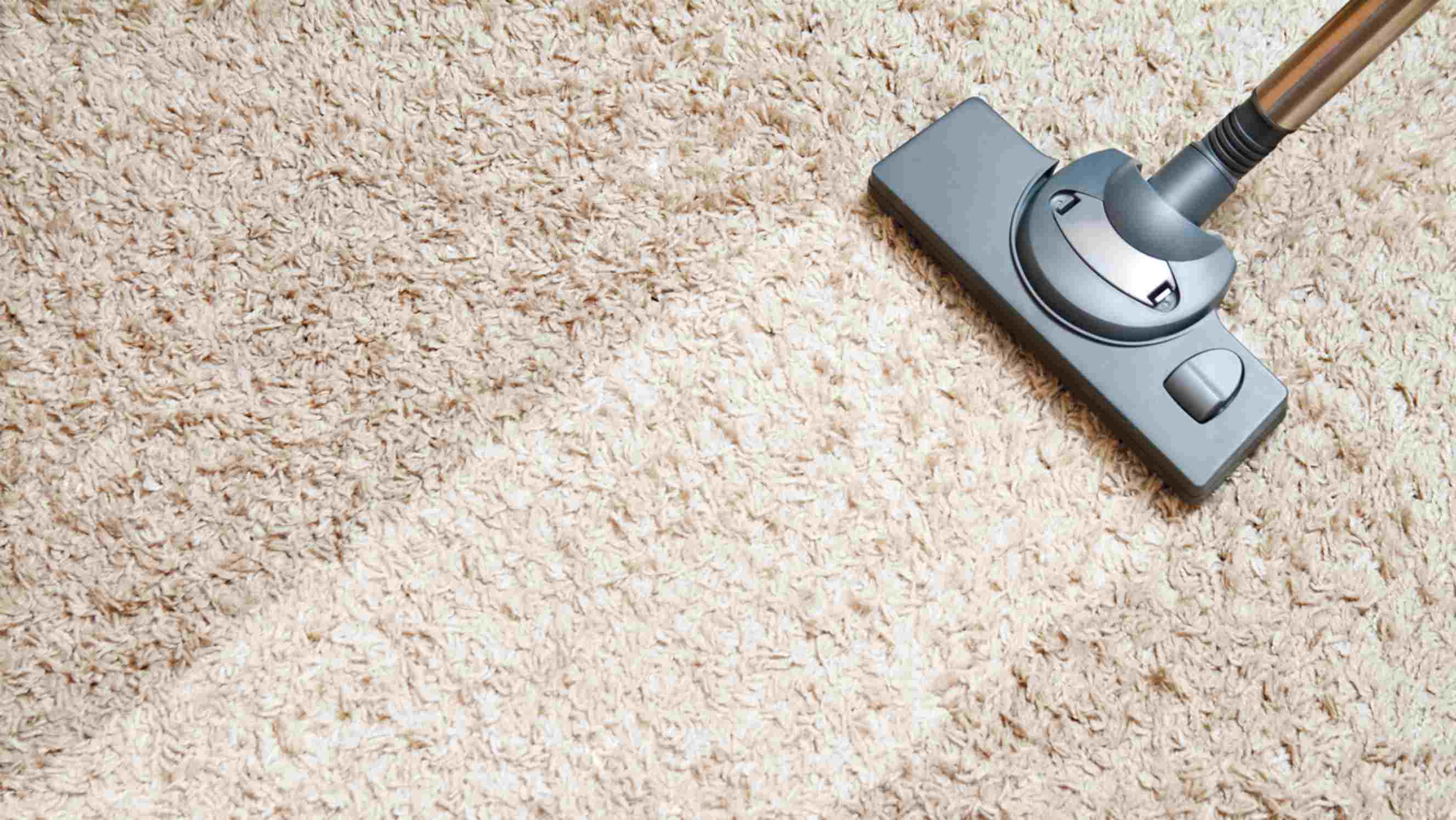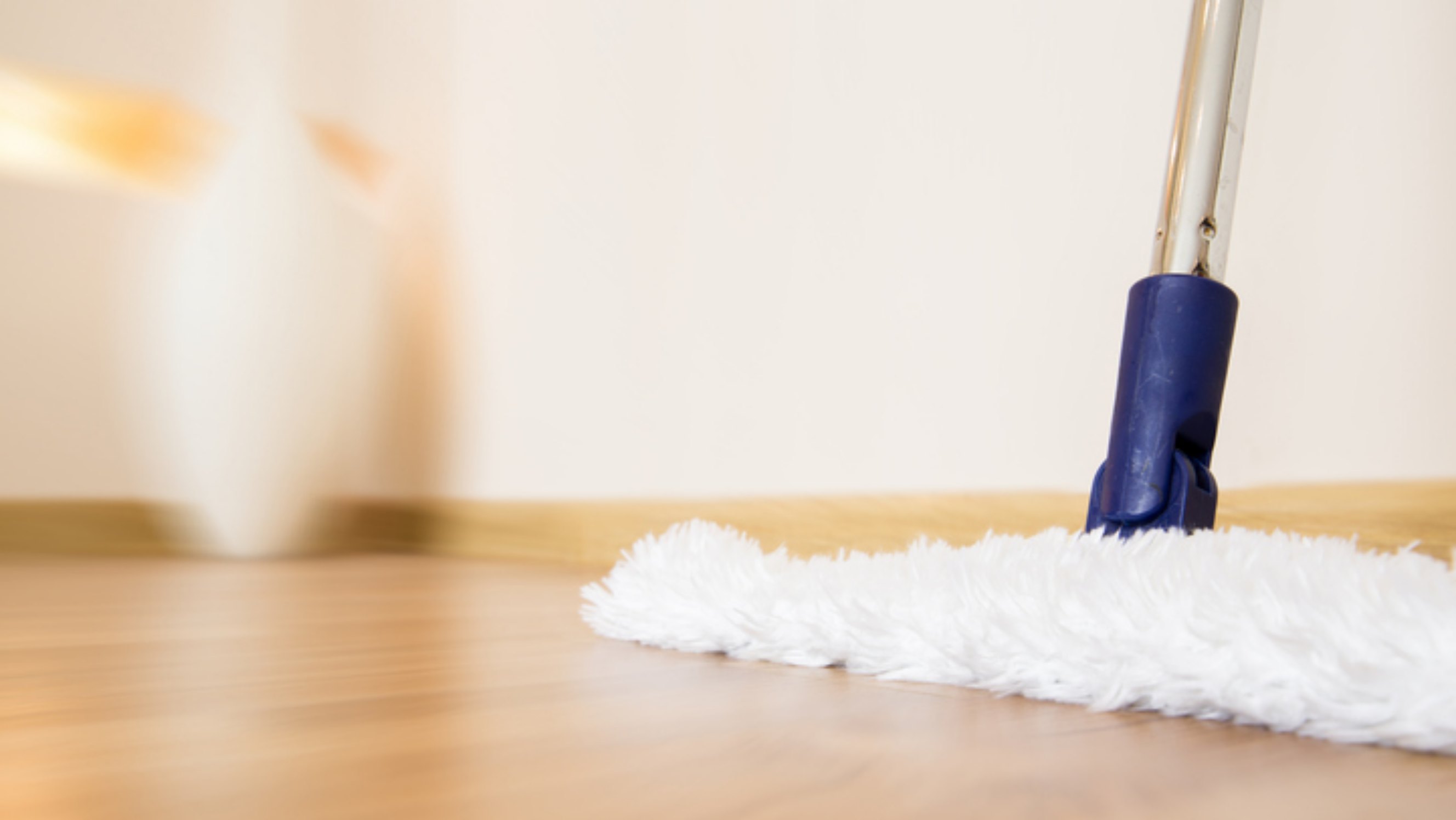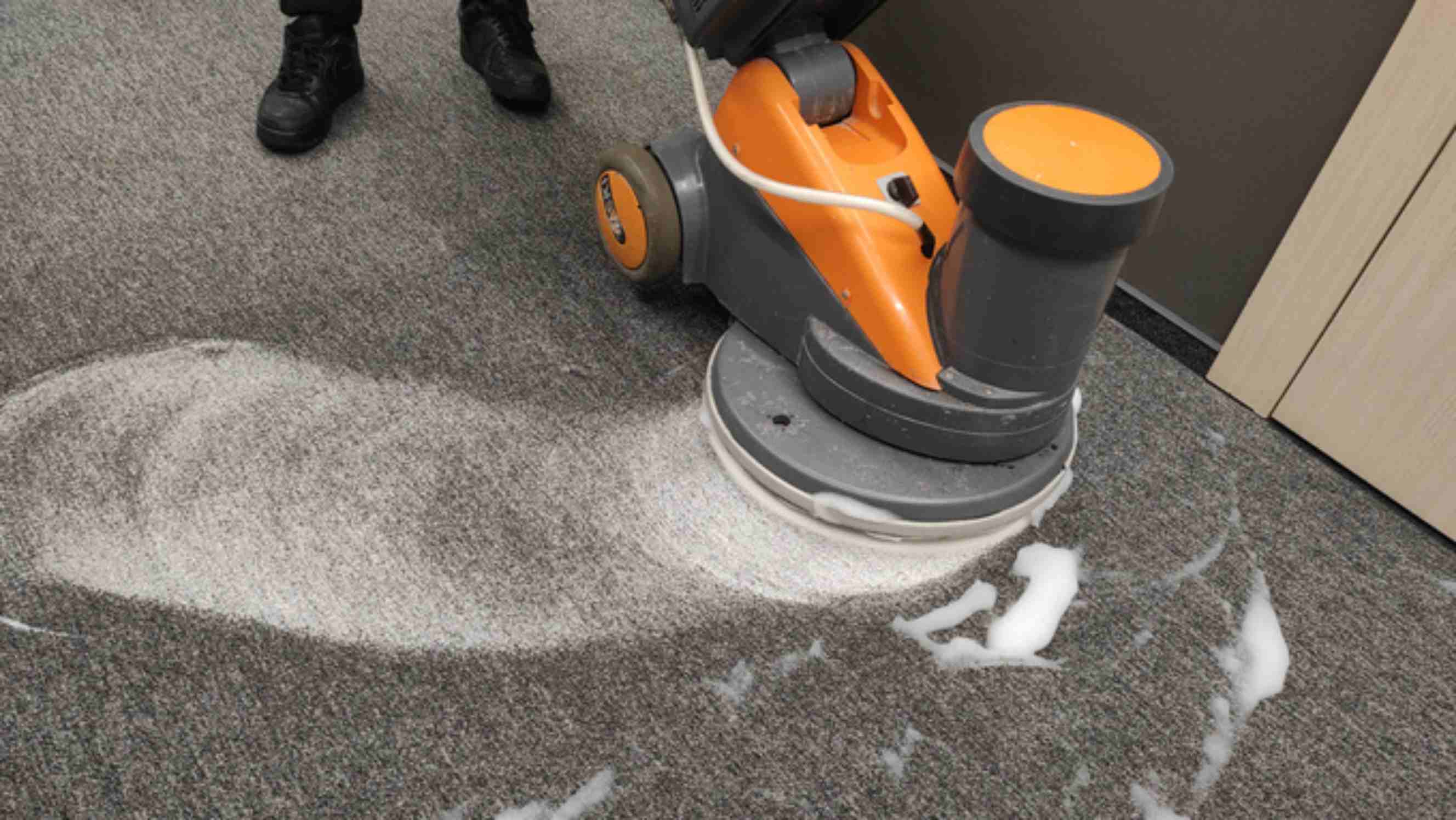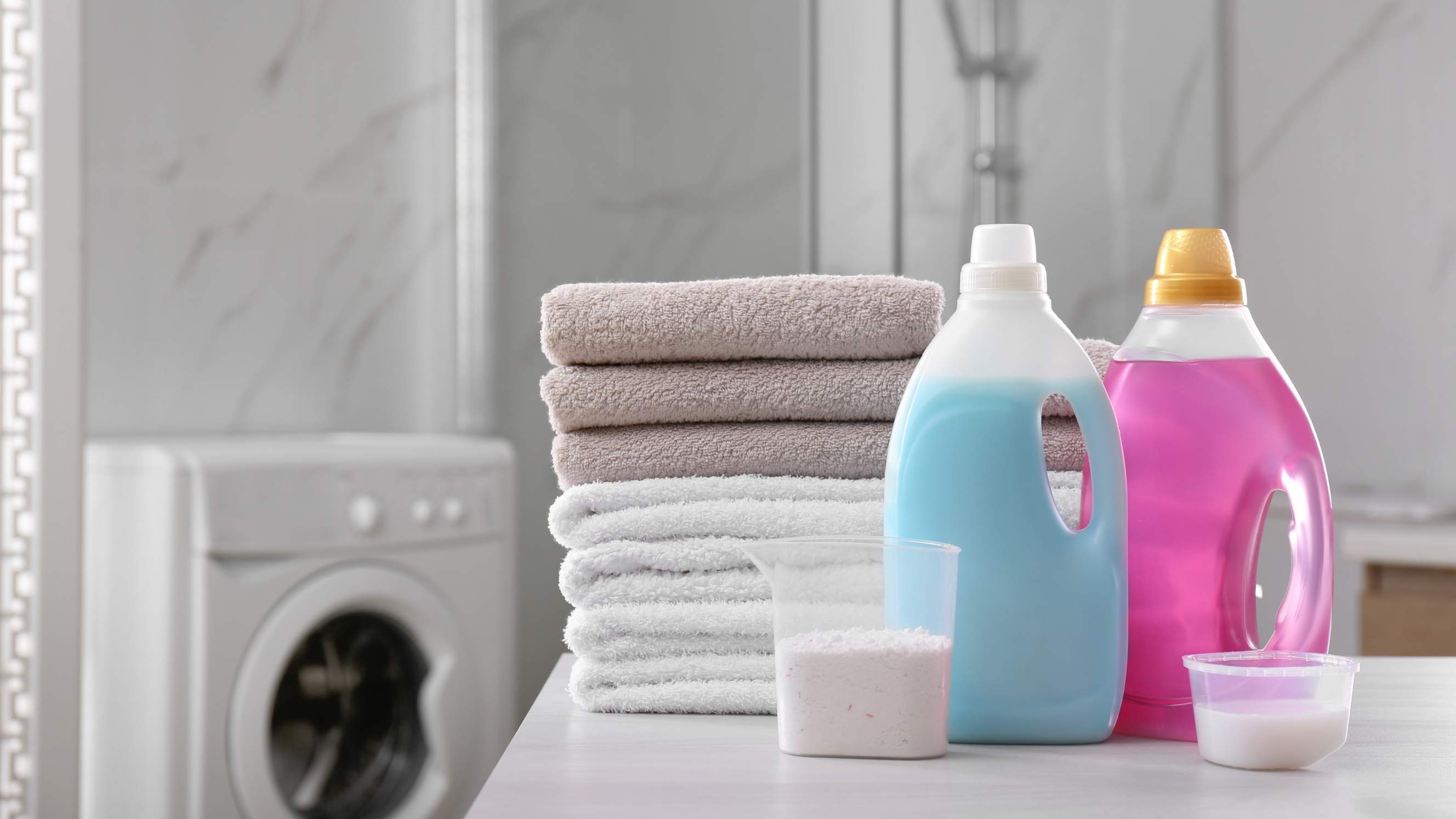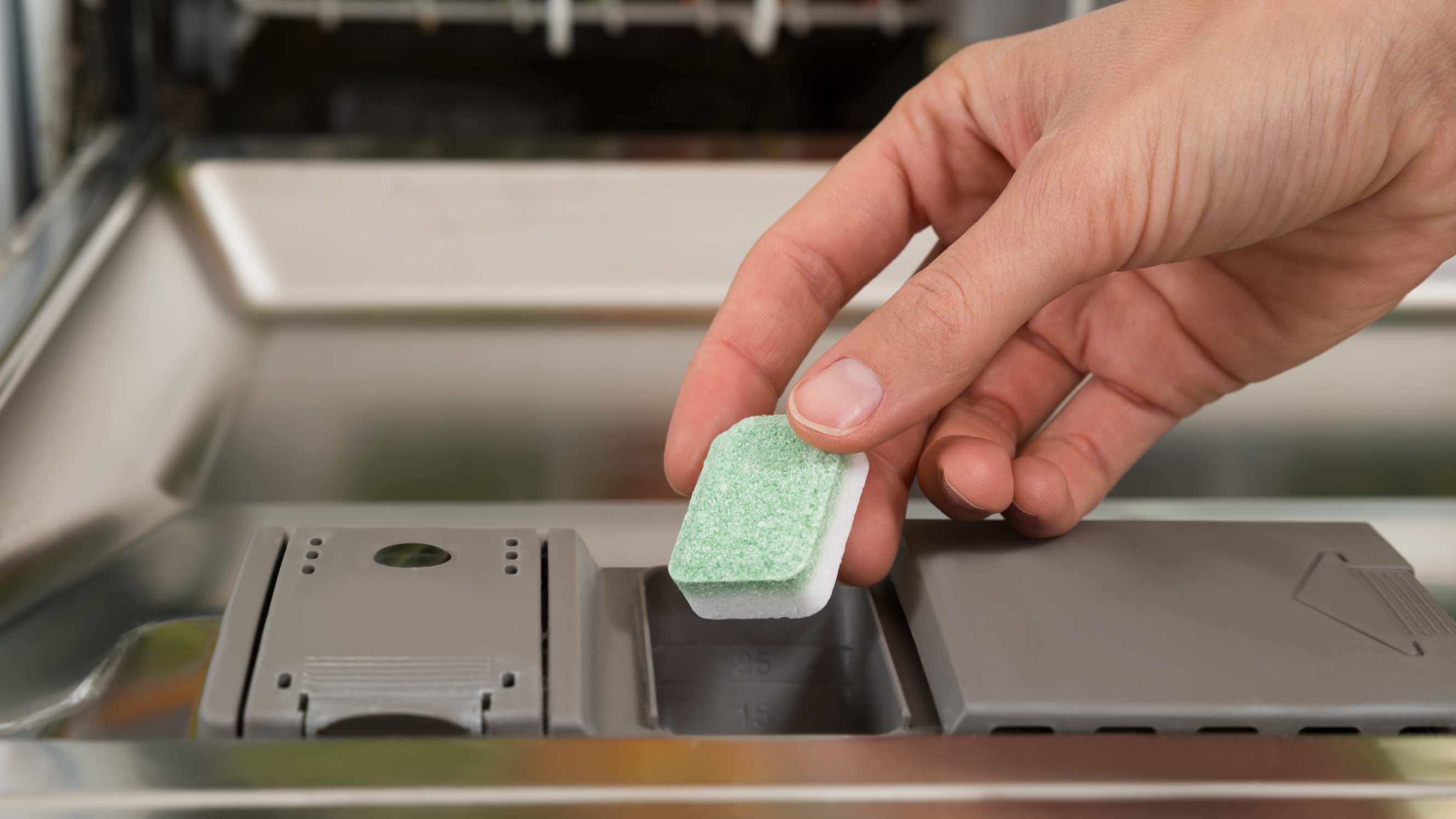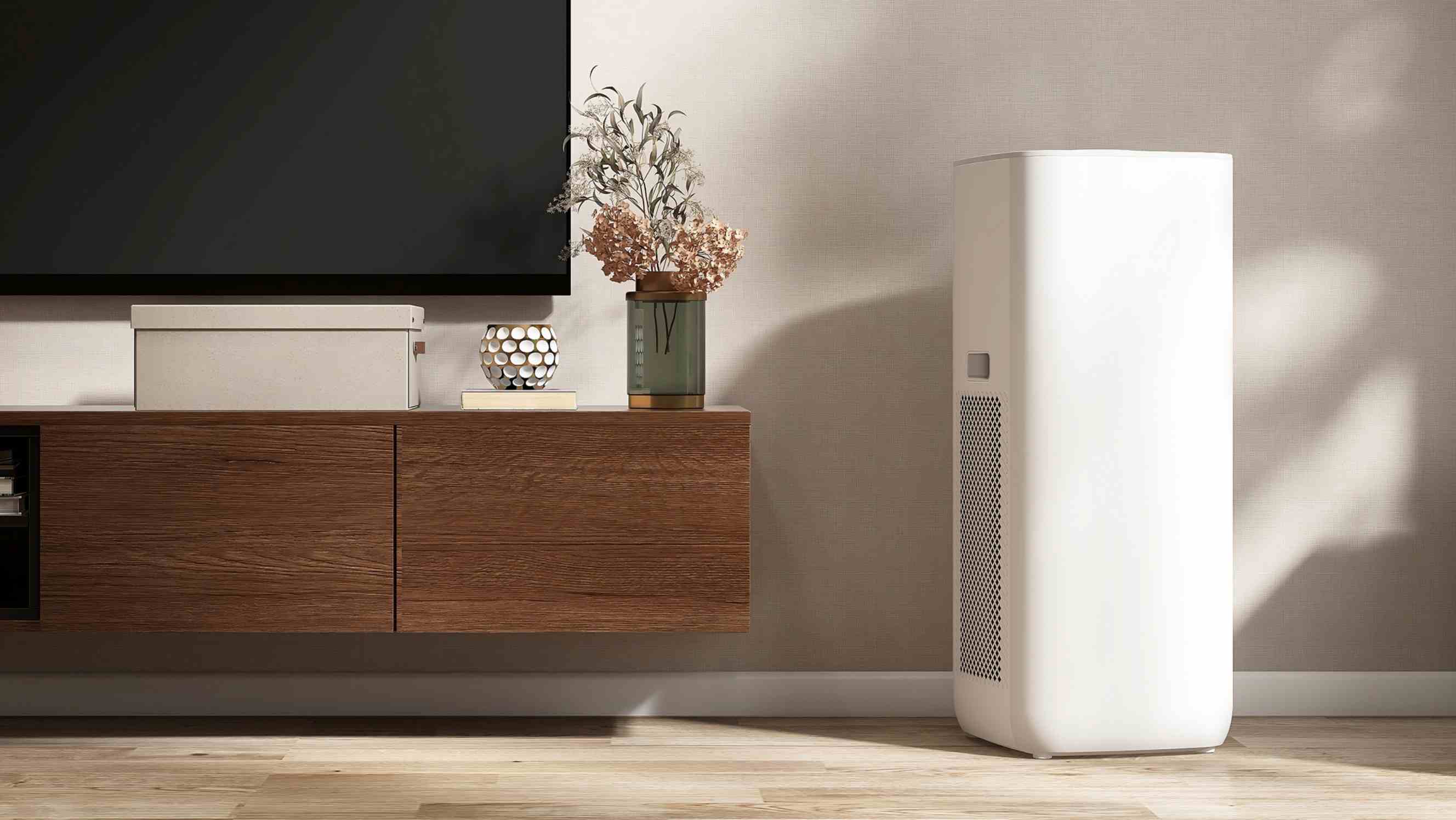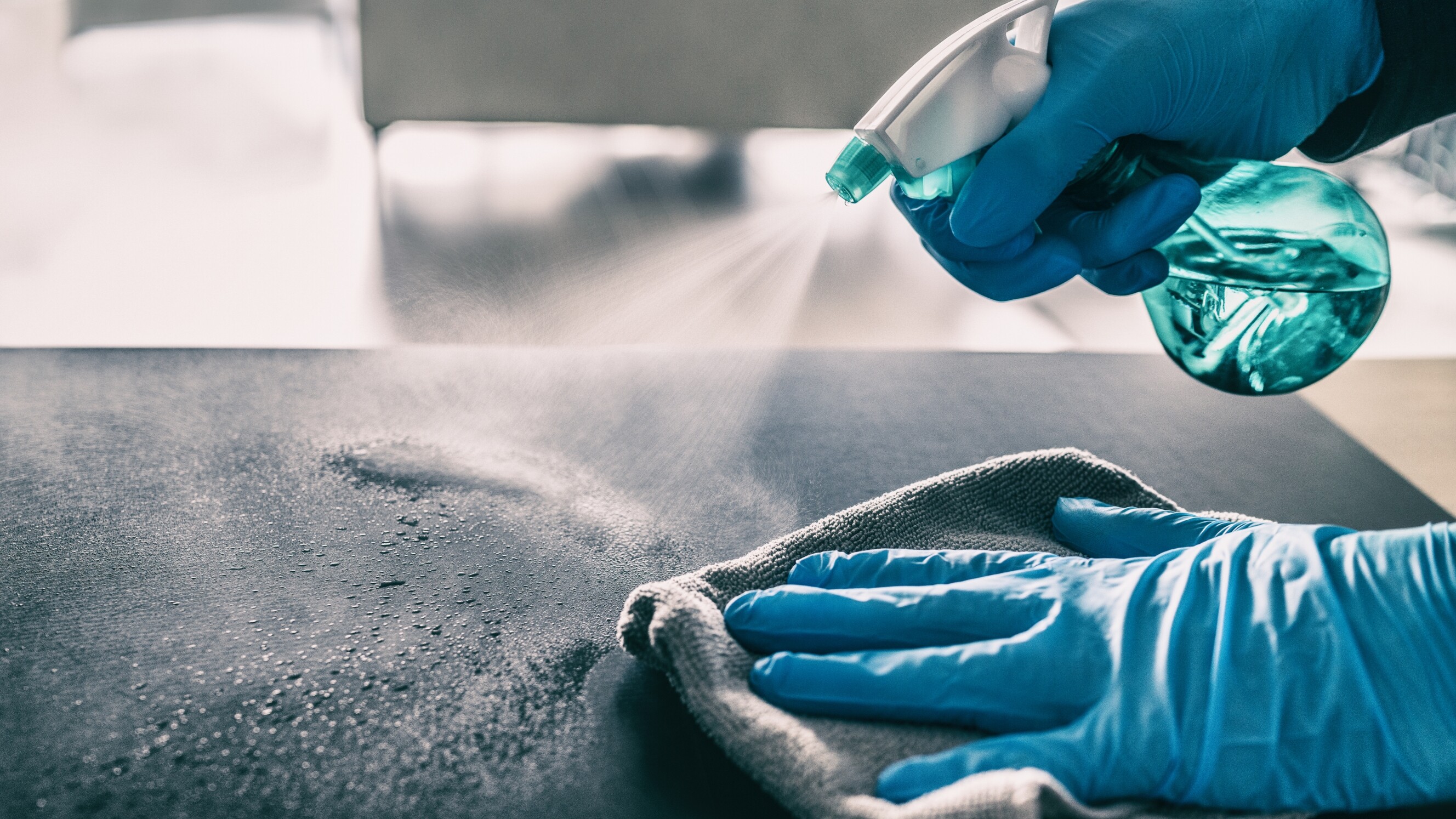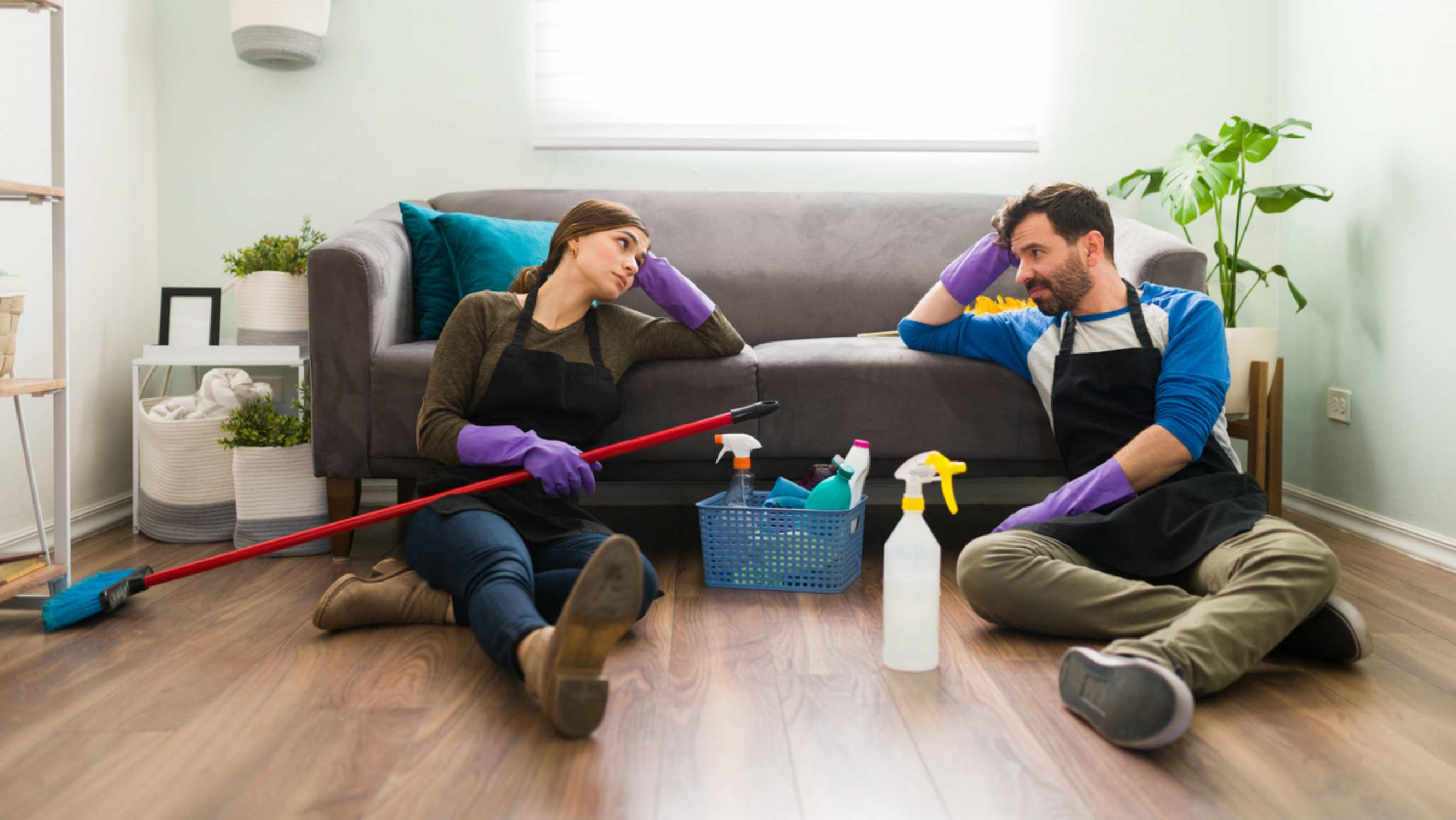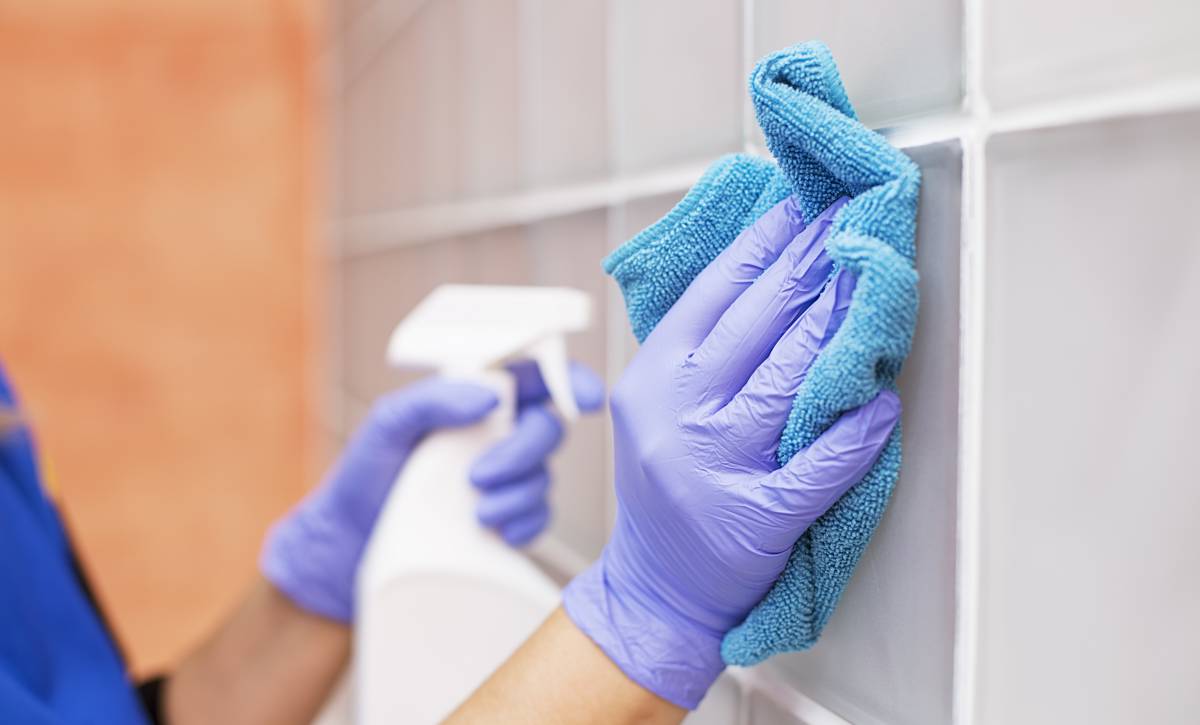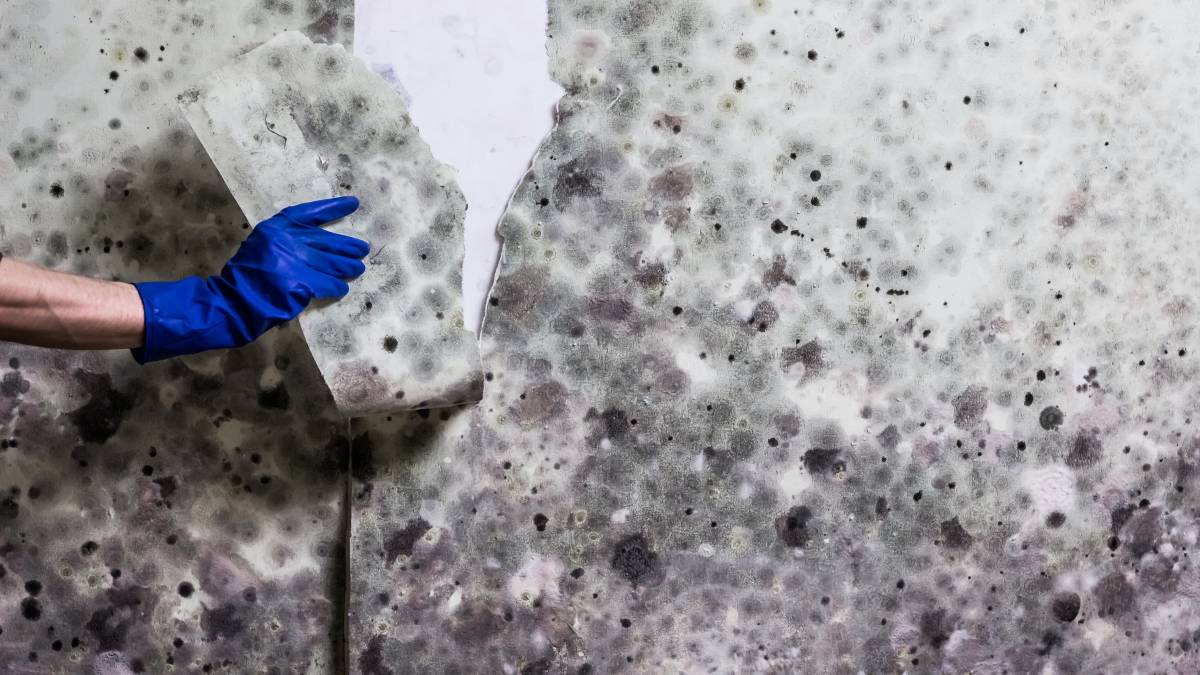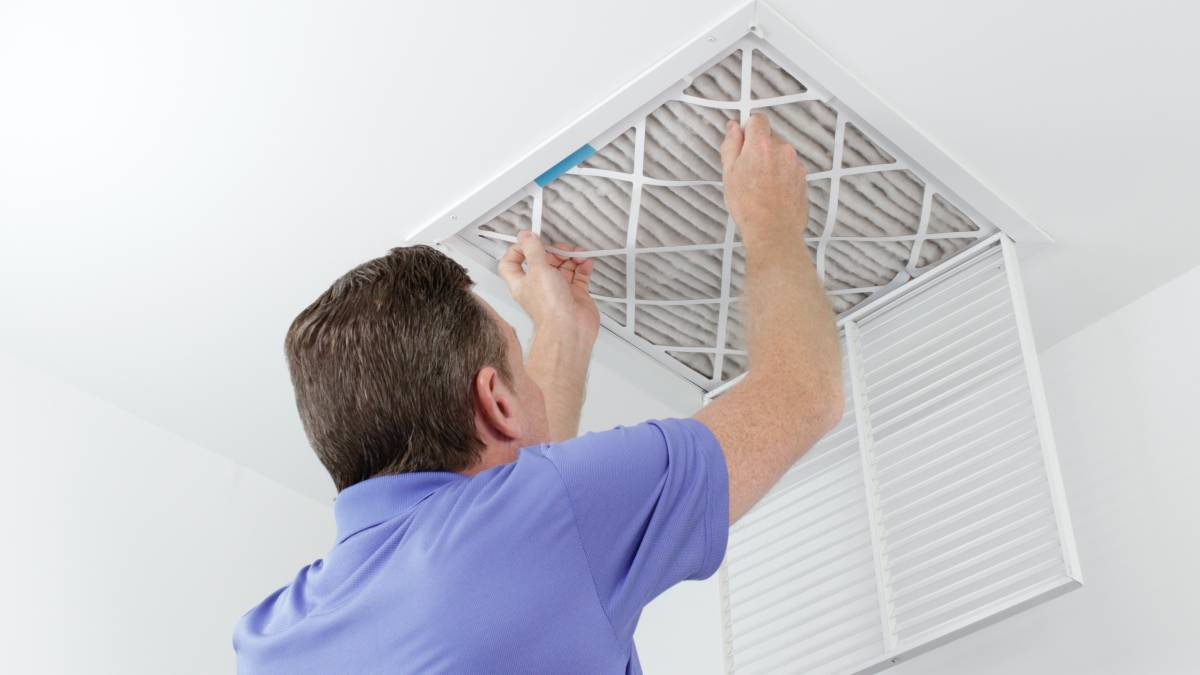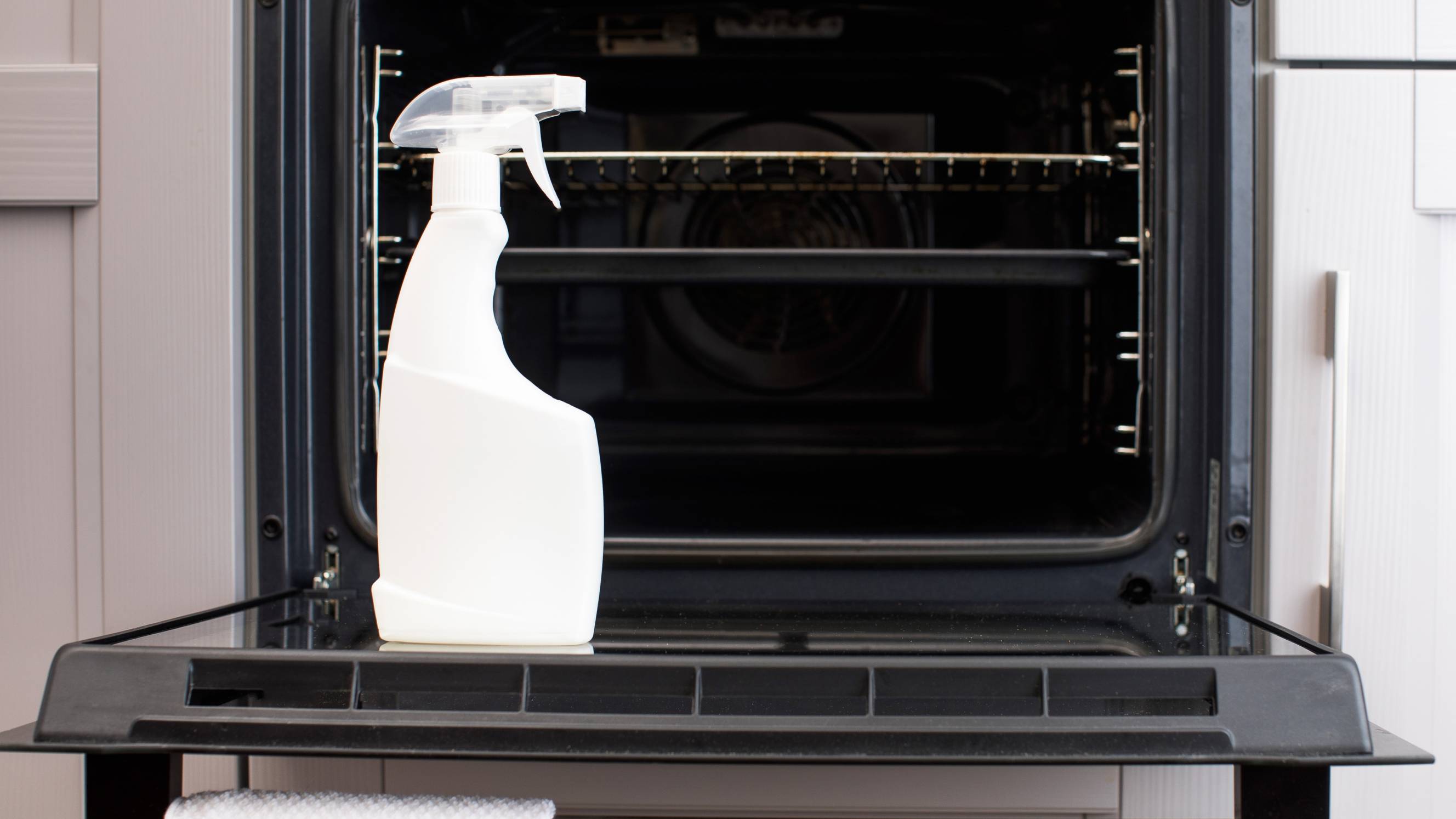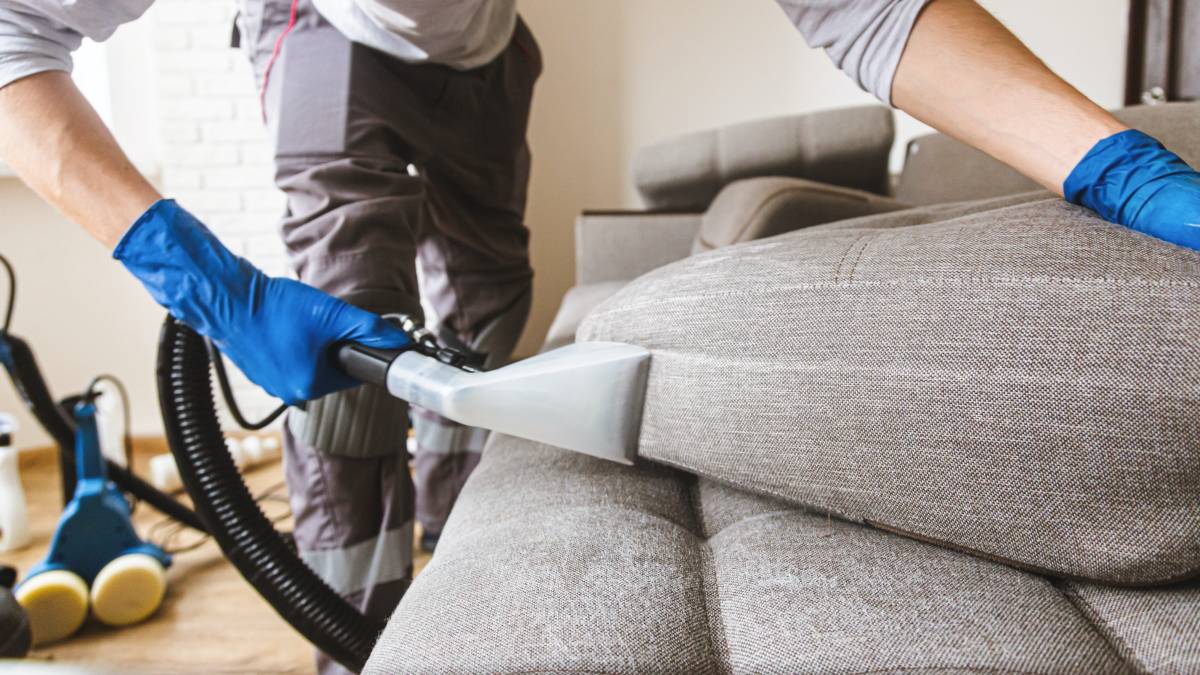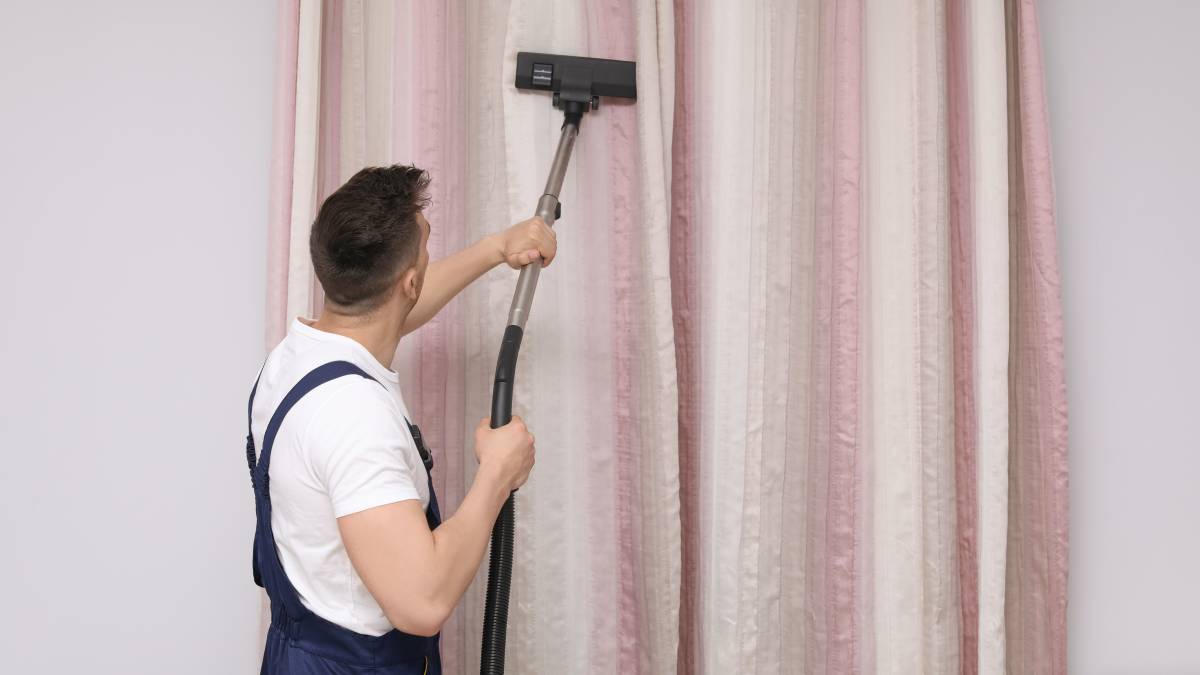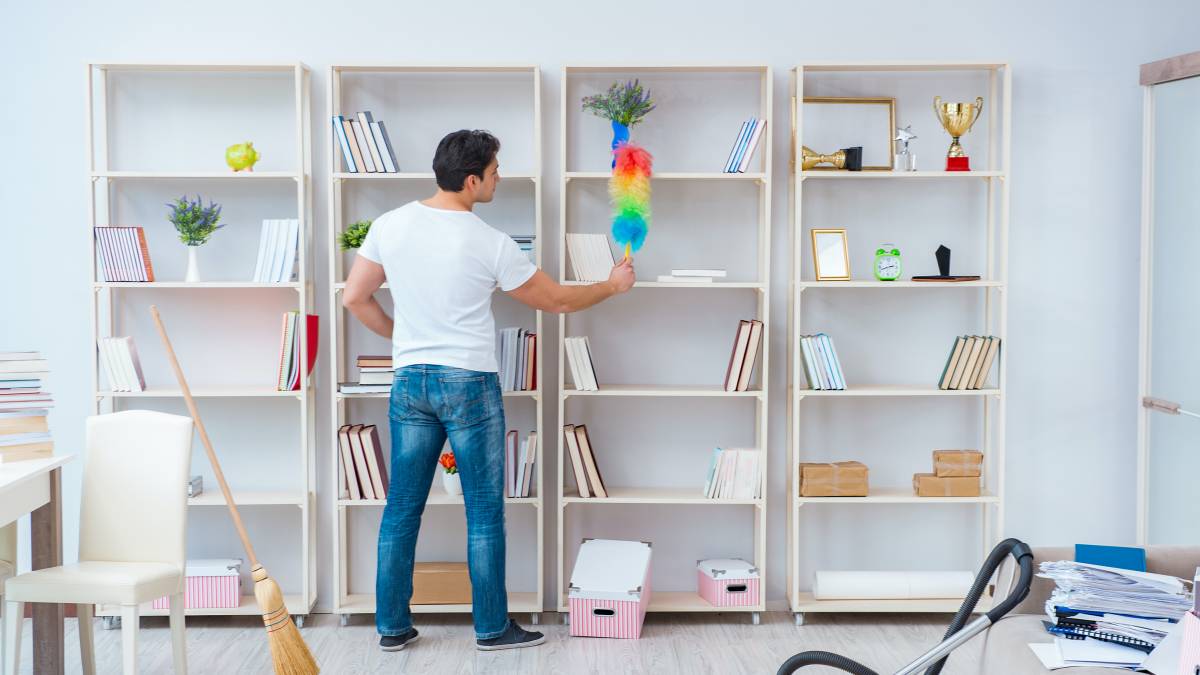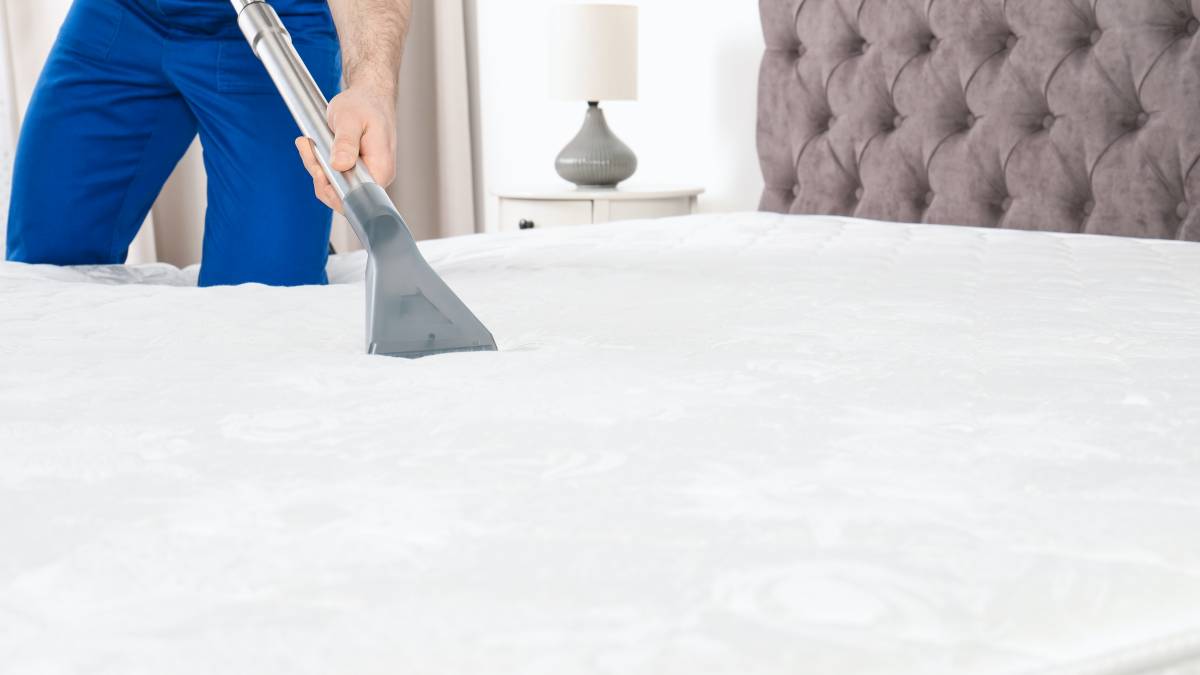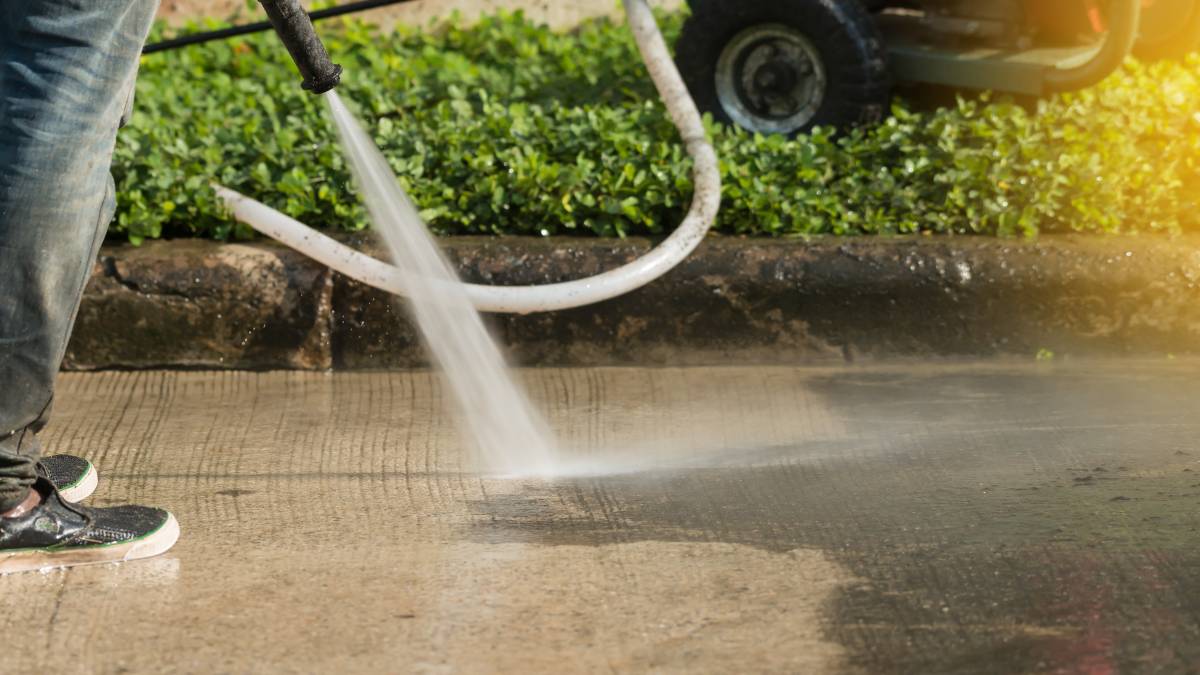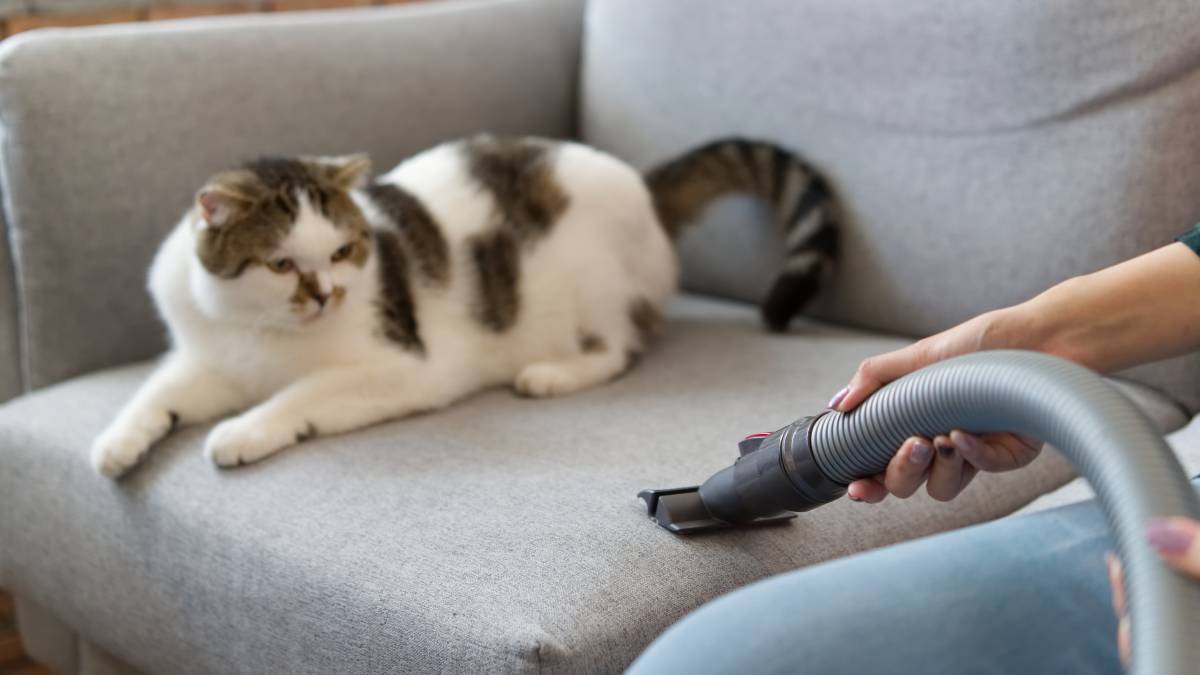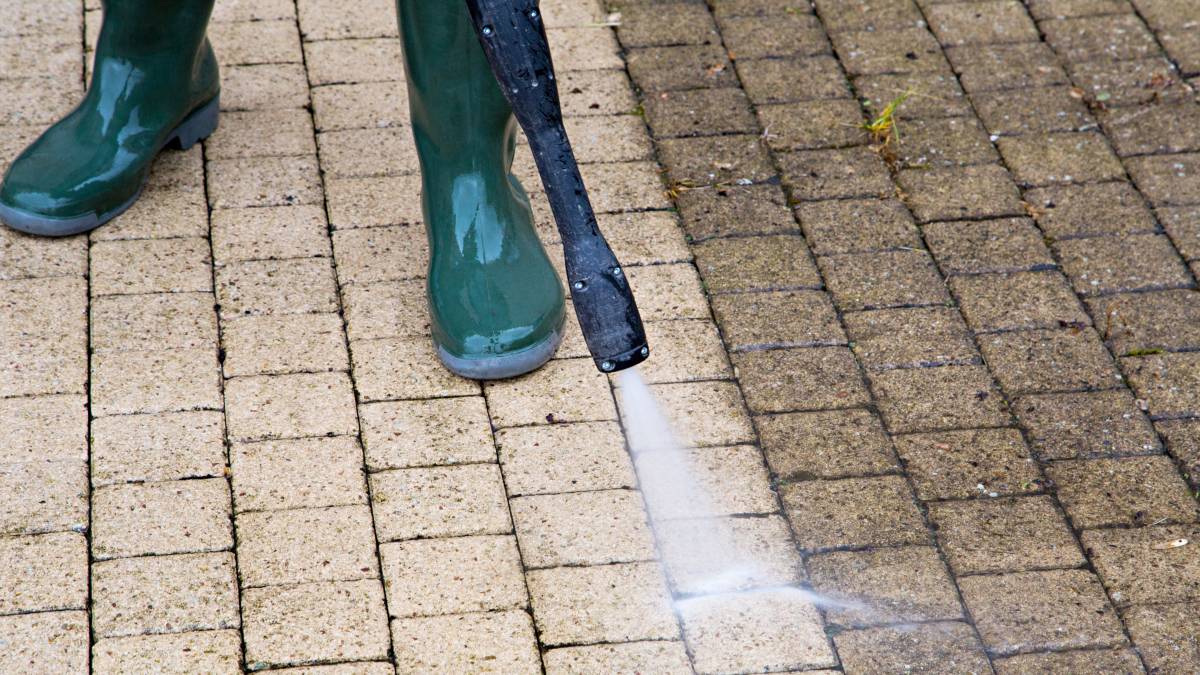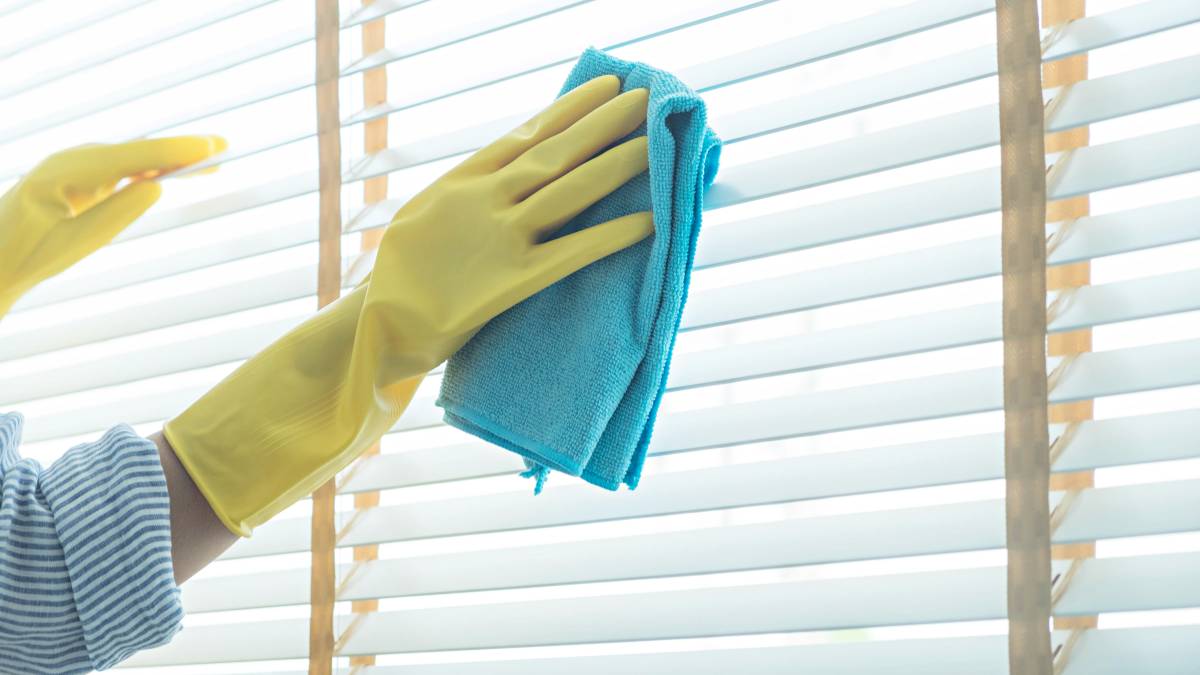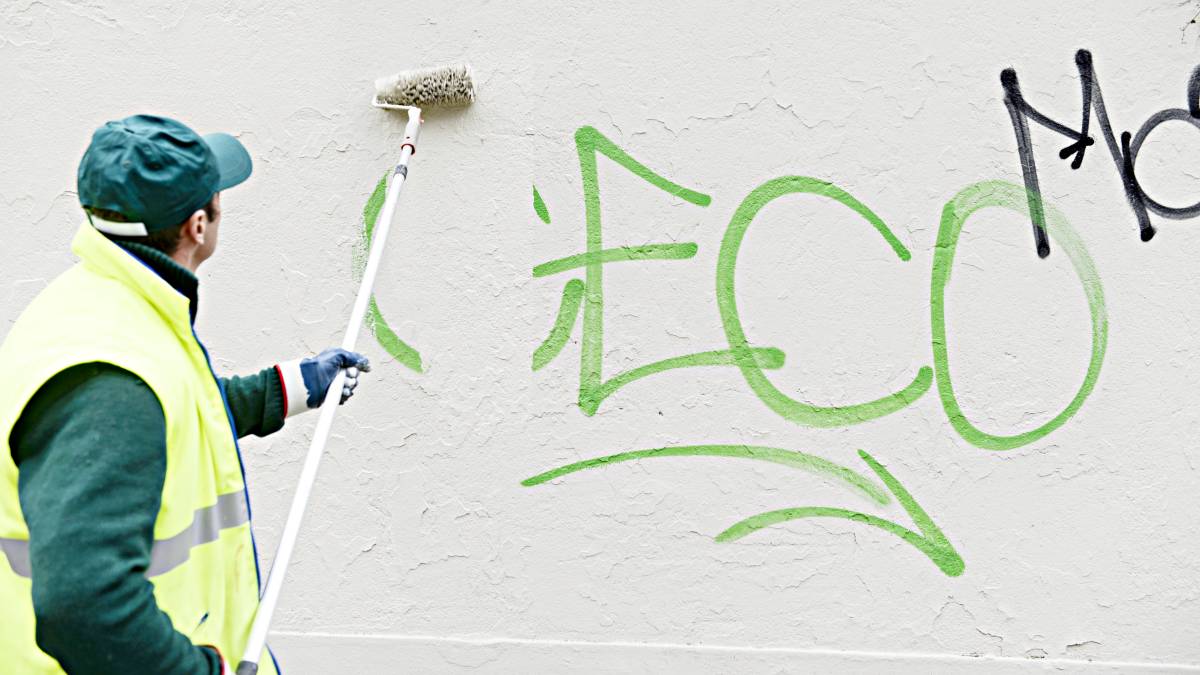- Home/
- Guides/
- Mould Removal/
- How to Get Rid of Mould
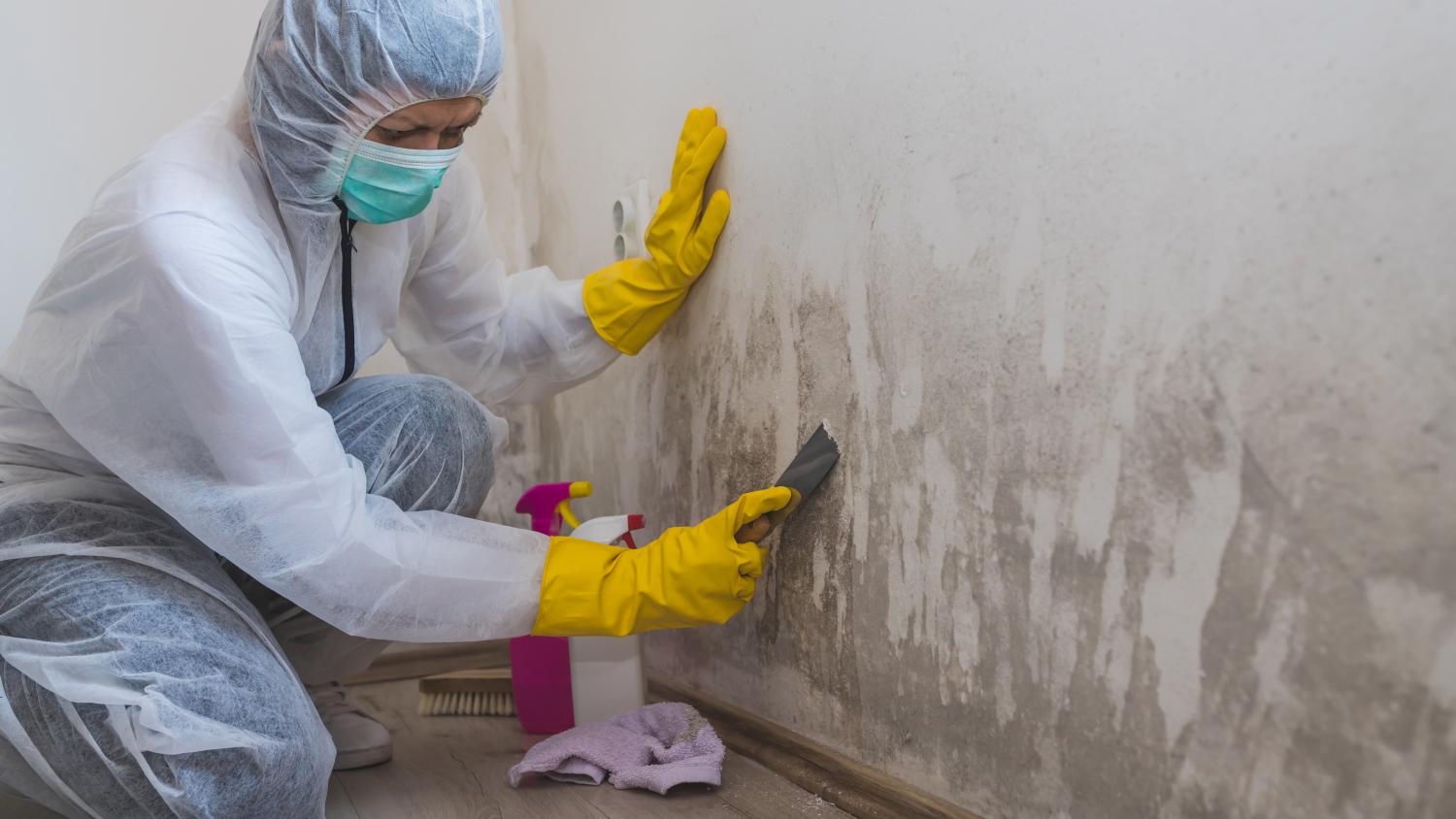
How to get rid of mould: Simple fixes for a cleaner home
Mould treatments don’t have to be costly. Follow these DIY mould cleaning hacks, or find a Tasker who can help you for a fair price.
Find a mould removal servicePublished on

Written by Chin S.
Staff Writer
Read more about our contributor
| Skill level | Estimated completion time | Estimate cost |
|---|---|---|
| Beginner to intermediate | From a few hours (quick grout scrub) to overnight drying/soaking for fabrics and carpets |
Minimal out-of-pocket—the methods rely on pantry staples like vinegar and baking soda |
Key Facts
Mould thrives in poorly ventilated spots—bathrooms, wardrobes, ceilings, and wall cavities can harbour growth even in dry climates.
Ignored mould ruins belongings and health. Left unchecked, it can stain fabrics, warp furniture, and trigger allergies or asthma flare-ups.
Aim for indoor humidity below 55% and regular ventilation to stop spores from returning.
Mould has a sneaky way of creeping into our houses, especially in spots with little airflow and sunlight. It turns up on ceilings, hides behind furniture, and even clings to your clothes. And once it settles in, it doesn’t just look bad, it can ruin your stuff and trigger health issues.
If you’ve been wondering how to get rid of mould the easiest way, you’re in the right place. This guide walks you through simple, low-cost ways to remove mould and mildew from different surfaces. And most importantly, how to stop them from coming back.
How do I know if my house has a mould problem?
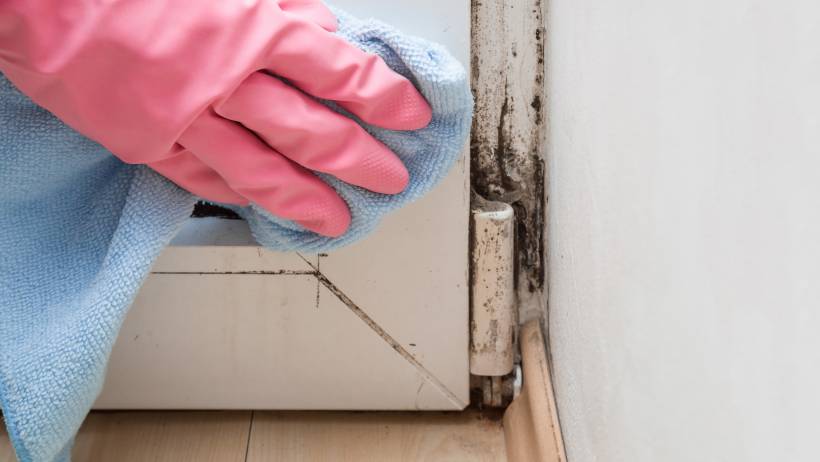 Cleaning black mould from window frame. (Source: iStock)
Cleaning black mould from window frame. (Source: iStock)
Sometimes, mould is insidious. It’s not always easy to spot.
For example, it might be in your cupboards, behind your closet, and even in the dust jackets of your books. If you don’t know where to start looking, here are some common signs of mould buildup:
- Visible mould stains, discolouration or dark spots on surfaces
- Stained or spotted clothes
- Fuzzy or powdery growth on surface areas
- Damp ceilings and warped walls
- Musty or earthy smell from walls, floors, or your air conditioner
- Frequent nasal allergies, asthma, or other respiratory problems
Supplies for DIY mould removal
- Face masks (N95/P2 mask)
- Goggles (especially for the ceiling and walls)
- Gloves
- Large Hooded Disposable Coveralls (If you're spraying ceilings with 3% Hydrogen Peroxide, Borax, or disinfecting with bleach.)
- Newspaper
- Microfibre cloths
- Buckets
- Brooms
- Toothbrushes
- Old stockings
- Clove oil
- Hot water
- Vinegar
- Baking soda
- Spray bottle
- Methylated spirits
- Tea tree oil
Use white vinegar as a natural mould killer. Spray undiluted vinegar on the mould-affected area and let it sit for an hour. Afterwards, scrub and wipe it clean. Vinegar is an effective home remedy against most mould species and prevents regrowth.
How to get rid of mould on different surfaces
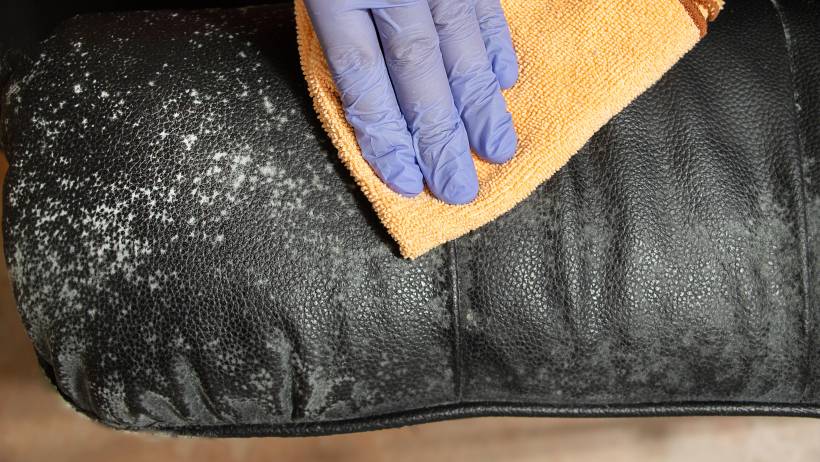 Wiping mould from couch. (Source: iStock)
Wiping mould from couch. (Source: iStock)
Removing and killing mould is a meticulous process. Plus, you must remember that different areas and items require specific cleaning methods.
If you aren't careful, your attempts to get rid of mould could damage your items or spread the mould problem. Here are the steps to remove mould from different materials, including porous and non-porous surfaces.
Washable fabric (curtains, cushions, beddings, and towels)
You have two options to clean mould off your washable items:
Using clove oil and vinegar:
Start by preparing a clove oil and vinegar mould mix. Combine 1 cup of salt and vinegar in 10 litres of water with three drops of clove oil. Soak the fabric overnight.
Wring out the solution as much as possible, hang the material in a sunny place, and leave it until salt crusts form.
Use a soft brush to remove the salt over a newspaper and dispose of it afterwards.
Wash the fabric with warm water and dry it as usual.
Using hot water and vinegar:
Soak items in hot water with 1 cup of vinegar for an hour, then machine-wash.
Sun-dry the items after washing before storing or using them.
Never mix vinegar with bleach! Combining these common household cleaners creates toxic chlorine gas, which is extremely dangerous and harmful to breathe. Always use cleaning agents separately and ensure you have proper ventilation when cleaning.
Non-washable fabric (suede and silk)
-
Put the items on newspaper sheets and leave them in the sun.
Lightly sponge or mist the surface using a mixture of coarse salt, vinegar, and a drop of clove oil.
Dry them as usual.
Brush off the mould and spray some clove oil onto the items.
Mattresses and upholstery
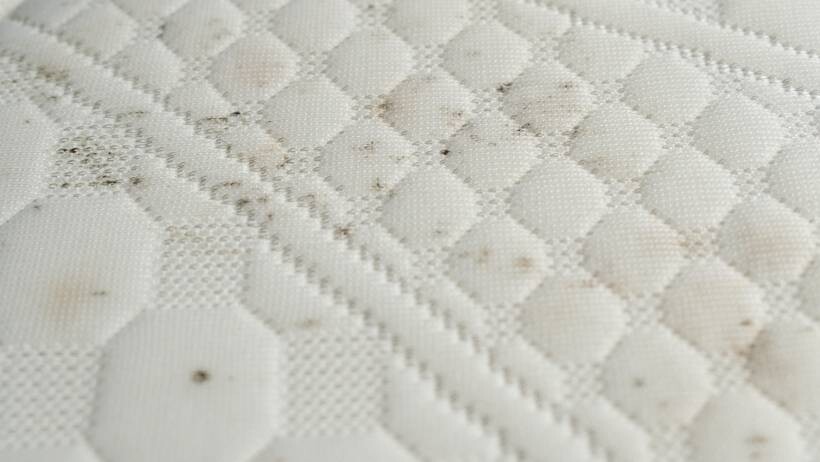 Black mould spots on a mattress. (Source: iStock)
Black mould spots on a mattress. (Source: iStock)
Create a paste using baking soda and a bit of water.
Use the paste to scrub onto the affected area.
Let it dry completely.
When it’s dry, vacuum the area thoroughly to remove the dried paste and mould spores.
Spray the area with a clove oil solution, using 3 drops per 1 litre of water, to treat the area and prevent regrowth.
Note that if mould is deeply established into your mattress or upholstery or doesn’t go away after cleaning, it’s best to discard the item to avoid health risks. Mould spores can settle so deep that a home remedy cleaning can no longer fix them, posing health risks.
Wood surfaces
For non-painted wood:
Sand the affected area to remove the surface mould.
Once sanded, treat the wood using either tea tree oil (1 teaspoon mixed in 1 cup of water) or methylated spirits.
Apply the solution and let it dry completely.
For painted wood:
Clean the area thoroughly with sugar soap.
After cleaning, rinse the surface to remove any residue.
Once dry, repaint the wood using a mould-inhibiting paint, such as Dulux Weathershield, to prevent future mould growth.
Cupboards
Hang a stick of chalk with a ribbon to absorb moisture.
When the chalk becomes damp, hang it outside to dry.
Reuse the chalk.
Leather goods
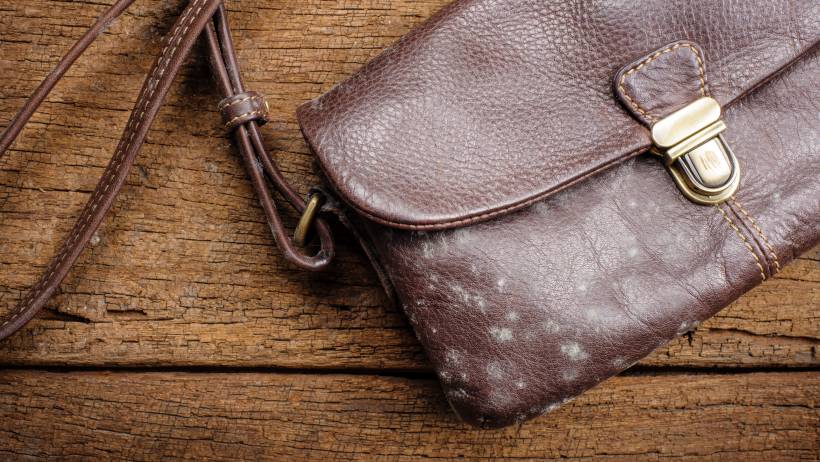 Mould growth on a purse. (Source: iStock)
Mould growth on a purse. (Source: iStock)
Mix three drops of clove oil with half a cup of baby or coconut oil.
Wipe away the mouldy areas on your leather goods in a circular motion.
Soak the items and dry them in a well-ventilated location.
Carpets
Similar to washable fabric, there are two ways you can do this:
Using clove oil, vinegar and water:
Mix three drops of clove oil, half a cup of vinegar, and five cups of water. Spray the solution onto the carpet, then sprinkle salt on top.
Dry it overnight and then vacuum it.
Repeat the process if necessary.
Through steam cleaning:
Steam-clean with a vinegar solution, mixing equal parts water and vinegar (a 1:1 ratio).
After steam cleaning, let the carpet dry thoroughly to prevent mould from returning.
If mould persists in your carpet despite these efforts, replace its underlay, as mould could have already settled there.
Grout
Dip a toothbrush or grout brush in a mixture of vinegar, three drops of clove oil, and half a cup of baking soda.
Brush the grout thoroughly.
Spray the solution onto the surface and leave it to dry.
Walls and ceilings
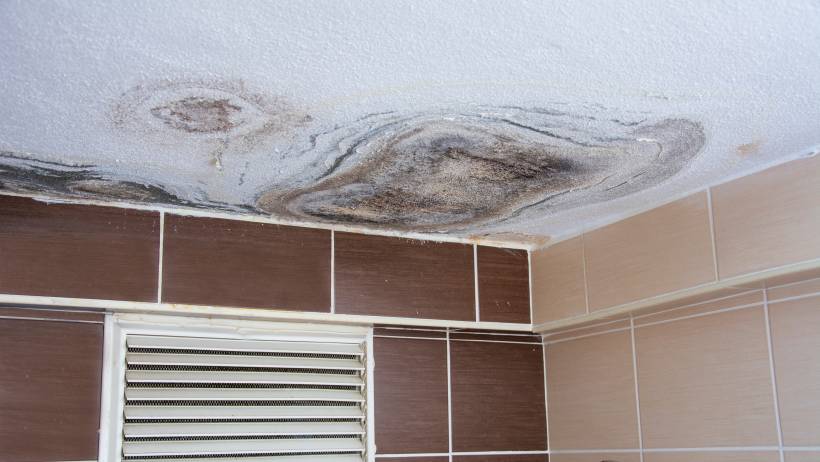 Mould and water damage on a bathroom ceiling. (Source: iStock)
Mould and water damage on a bathroom ceiling. (Source: iStock)
Using clove oil, vinegar and water:
Mix three drops of clove oil, half a cup of vinegar, and five cups of water.
Use a clean broom and a stocking to absorb the solution.
Sweep the mouldy area.
Allow it to dry.
Every month, spray the walls or ceiling with a solution of three drops of clove oil and 1 litre of water.
If you’re dealing with either small patches or severely affected sections, you can try the following:
Small patches: Directly scrub the mould with undiluted white vinegar or use a microfiber cloth dampened with soapy water. After scrubbing, rinse the area and dry it immediately to prevent new growth.
Severe damage: If mould has caused significant damage, the most effective approach is to cut out and replace affected sections of the wall or ceiling. Once replaced, seal the area with a mould-resistant primer (such as Zinsser) to inhibit future mould growth.
How to prevent mould from coming back
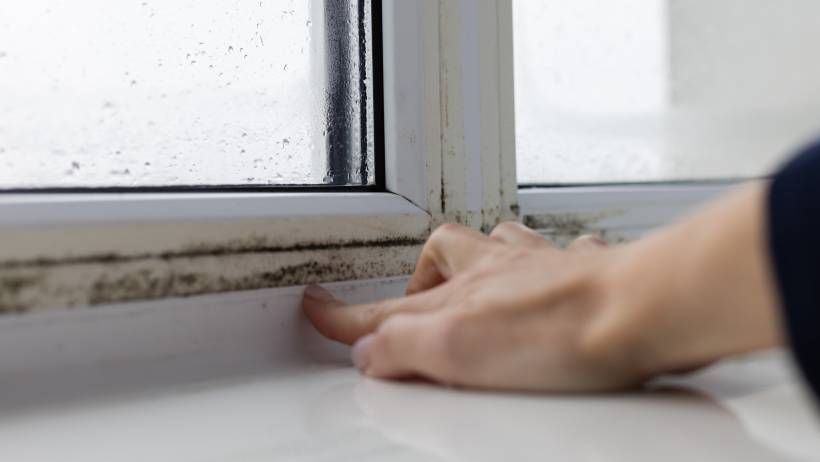 Extensive mould growth on a window sill. (Source: iStock)
Extensive mould growth on a window sill. (Source: iStock)
Open windows and doors on dry, sunny days: This helps fresh air circulate and lowers indoor humidity, especially in bathrooms, kitchens, and laundry rooms. Use exhaust fans if needed.
Insulate your ceilings to prevent condensation: Good insulation balances indoor temperature and reduces the chance of moisture forming on cold surfaces.
Check for roof leaks after heavy rain: Even minor water buildup can seep into ceilings and walls, creating the perfect environment for mould.
Fix leaks: Any leaks (e.g., roof, plumbing) within 24–48 hours to prevent water buildup.
Dry wet areas as soon as possible: Mould can grow within 24 to 48 hours, so it’s important to wipe down wet surfaces quickly.
Keep your indoor plants dry: Excess water in plant trays or soil can increase indoor humidity, encouraging mould to spread.
Wipe away window condensation daily: This small habit prevents water from pooling and seeping into sills, walls, or floors.
Use a dehumidifier: Set it below 55% and make sure to maintain its level at this number.
Use moisture absorbers: Using products like DampRid in enclosed spaces, such as wardrobes, bathrooms, and bedrooms, helps reduce humidity and unwanted excess moisture.
Get professional mould removal help
Dealing with severe mould growth and preventing it from coming back is no easy task. If your home’s mould spores problem is too far gone, the best solution is to hire an expert. Here are some signs when you should consider calling in a professional for help:
The mould already covers a significant part of the surface.
The mould persists no matter how many times you try to get rid of it. This could be a result of hidden mixture issues or leaks.
You or anyone else in the house is experiencing health symptoms, such as recurring coughing, allergies and respiratory issues.
Don’t hesitate to seek professional help for stubborn infestations that are beyond your DIY capabilities. Fortunately, plenty of Taskers specialising in mould removal can do the job well for you. Post a task today and say goodbye to your mouldy blues for good.
Learn more about our contributors

Written by Chin S.
Staff Writer
Chin is a passionate hobbyist writer with a love for gardening, home improvement and beauty. She enjoys nurturing her small indoor plant collection, redecorating her space and exploring all things beauty. Through her writing, she shares her journey and tips for fellow enthusiasts.
FAQs on mould removal
Bleach only masks the mould and its traces, but it won't be enough to get rid of it entirely. More often than not, bleach also doesn't penetrate porous materials like wood. This means you only get to “remove” the visible mould above the surface and not all the way through.
It's best to talk to your landlord if you see signs of mould buildup in your rented home. You can also visit tenants.org to learn about your rights and responsibilities as a renter.
Both mould and mildew are fungi, and mildew is also a type of mould. Though both of them thrive in warm and moist spaces, mould is more insidious and hazardous – making it more challenging to remove.
Proper ventilation is the key. A simple solution is to get a dehumidifier or configure your air conditioner to the dry setting. These appliances can filter out room moisture, collecting the water in small buckets. If you're unsure where to put your dehumidifier, move it around your home or leave it in each room for a day or two for optimal coverage.
Find mould removal services, fast
Find a mould removal service
Related articles
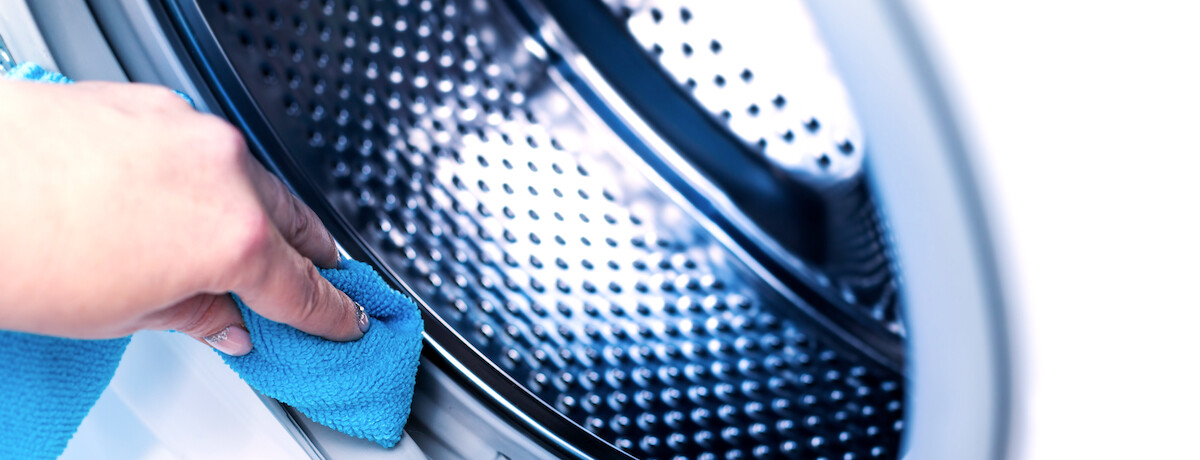
How to best clean a washing machine
Read more
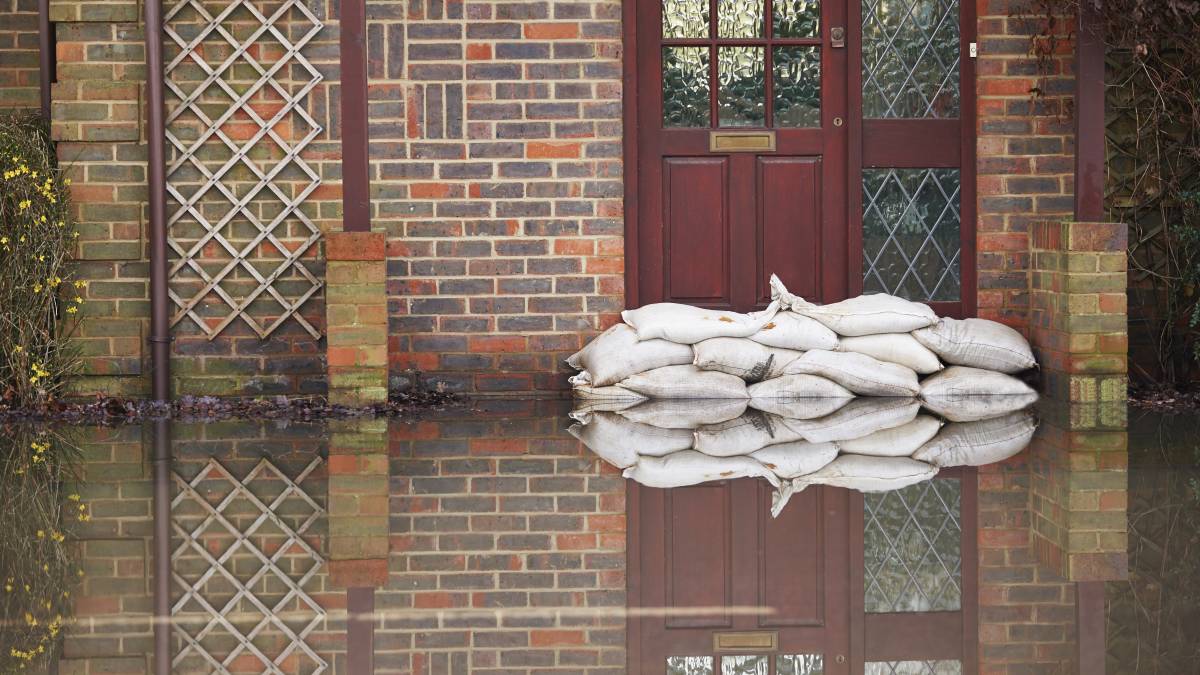
How to clean your home after a flood
Read more
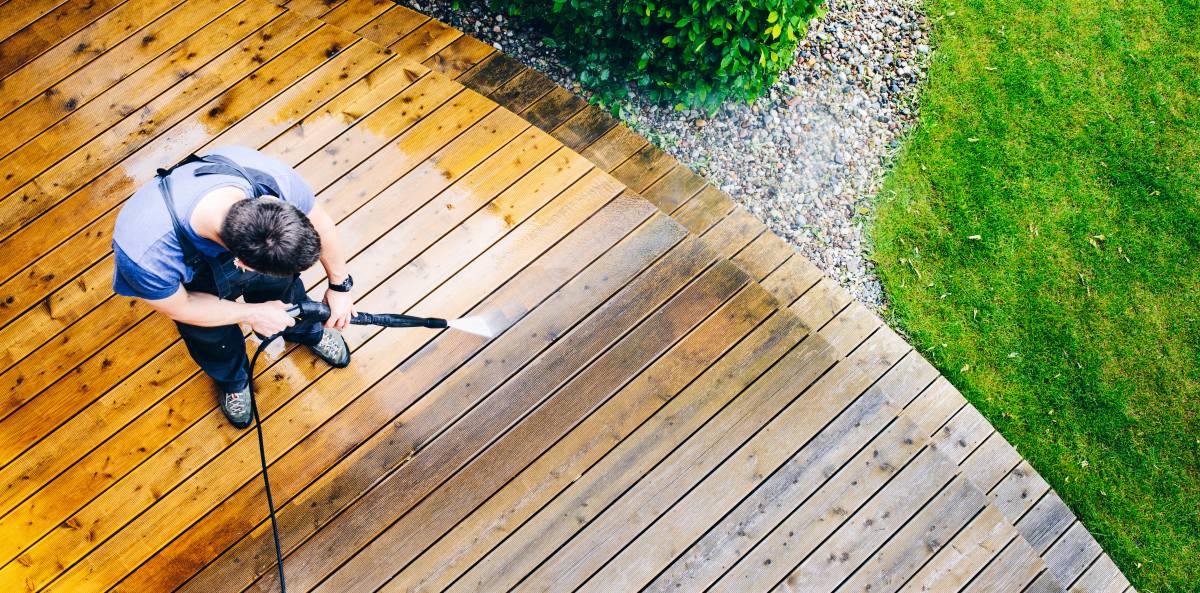
How to price pressure washing jobs
Read more

How to get a cleaning certificate
Read more
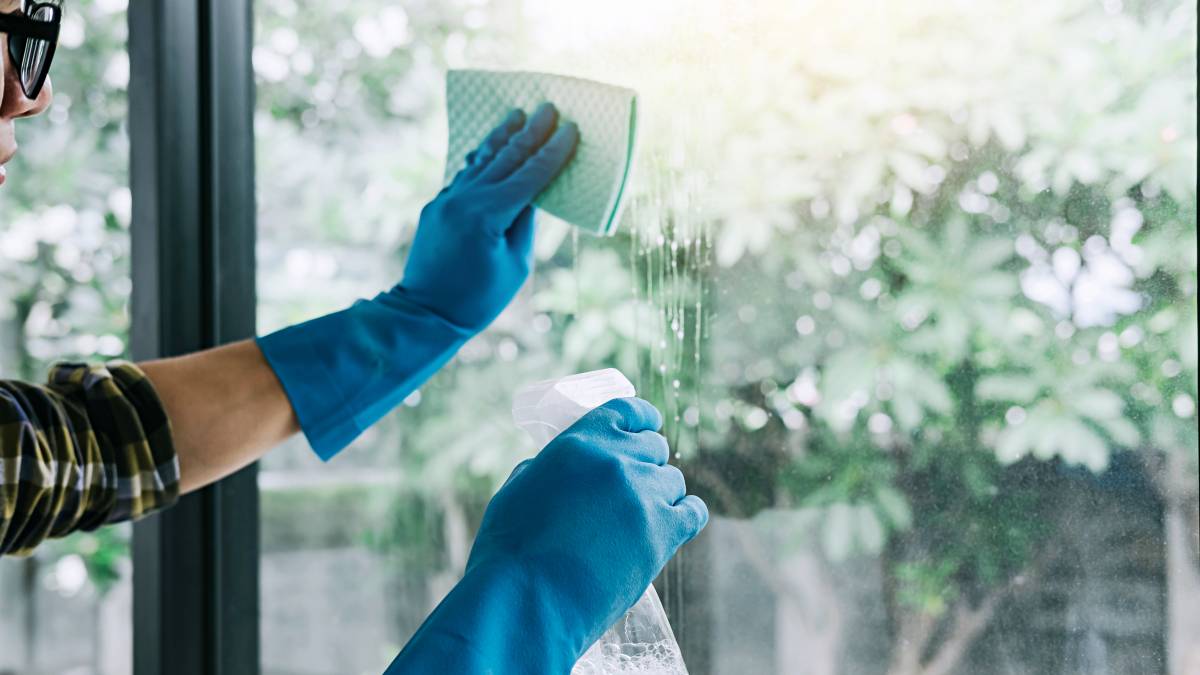
How to price cleaning jobs
Read more
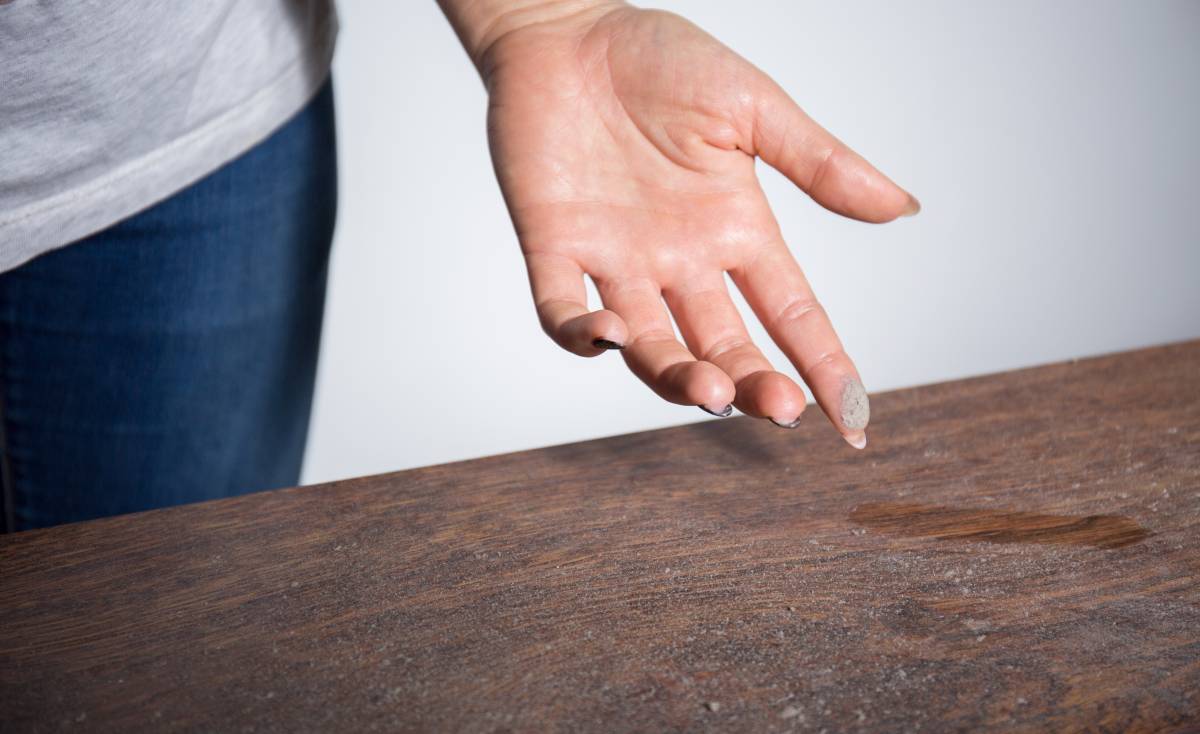
How to get rid of dust in your home
Read more
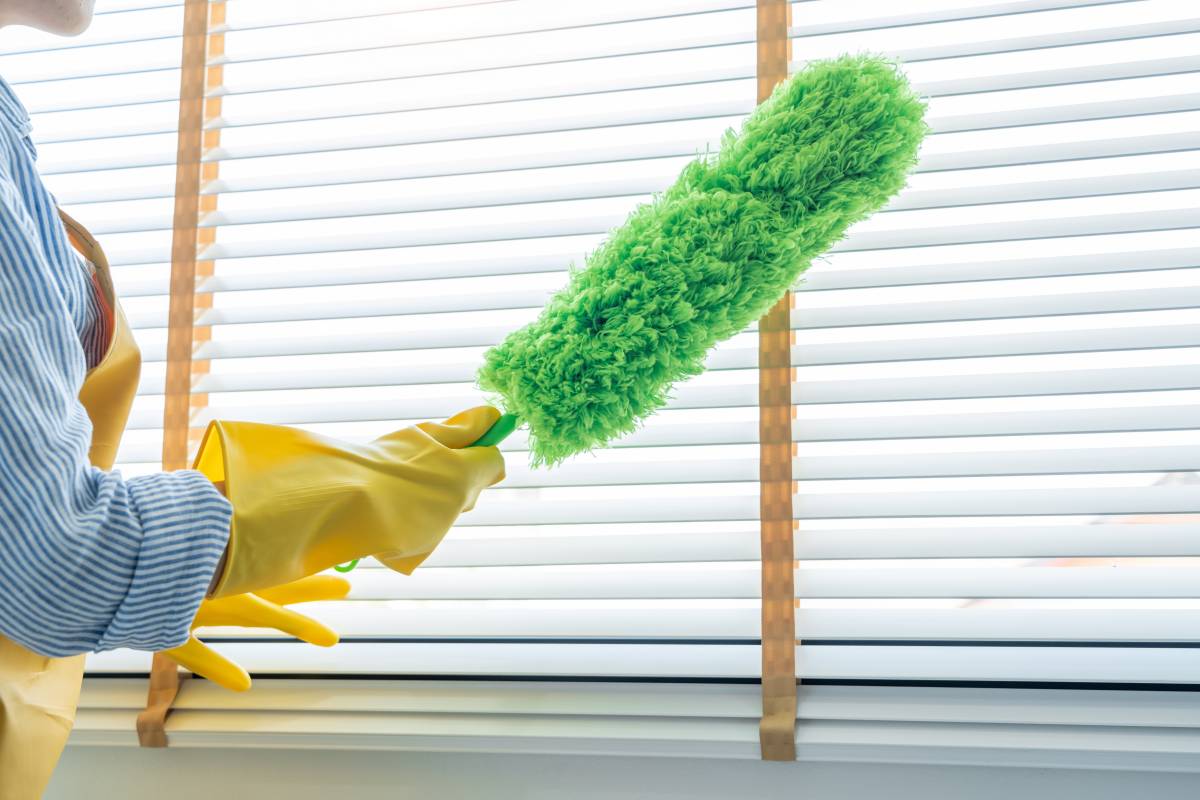
How to clean a duster
Read more
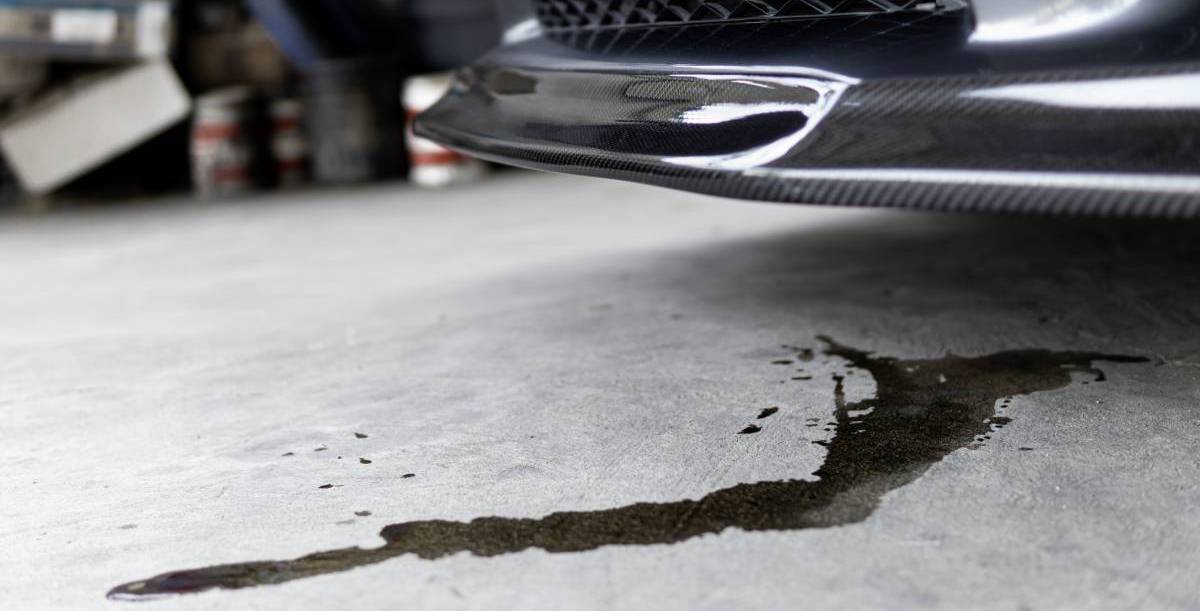
How to clean a garage floor
Read more
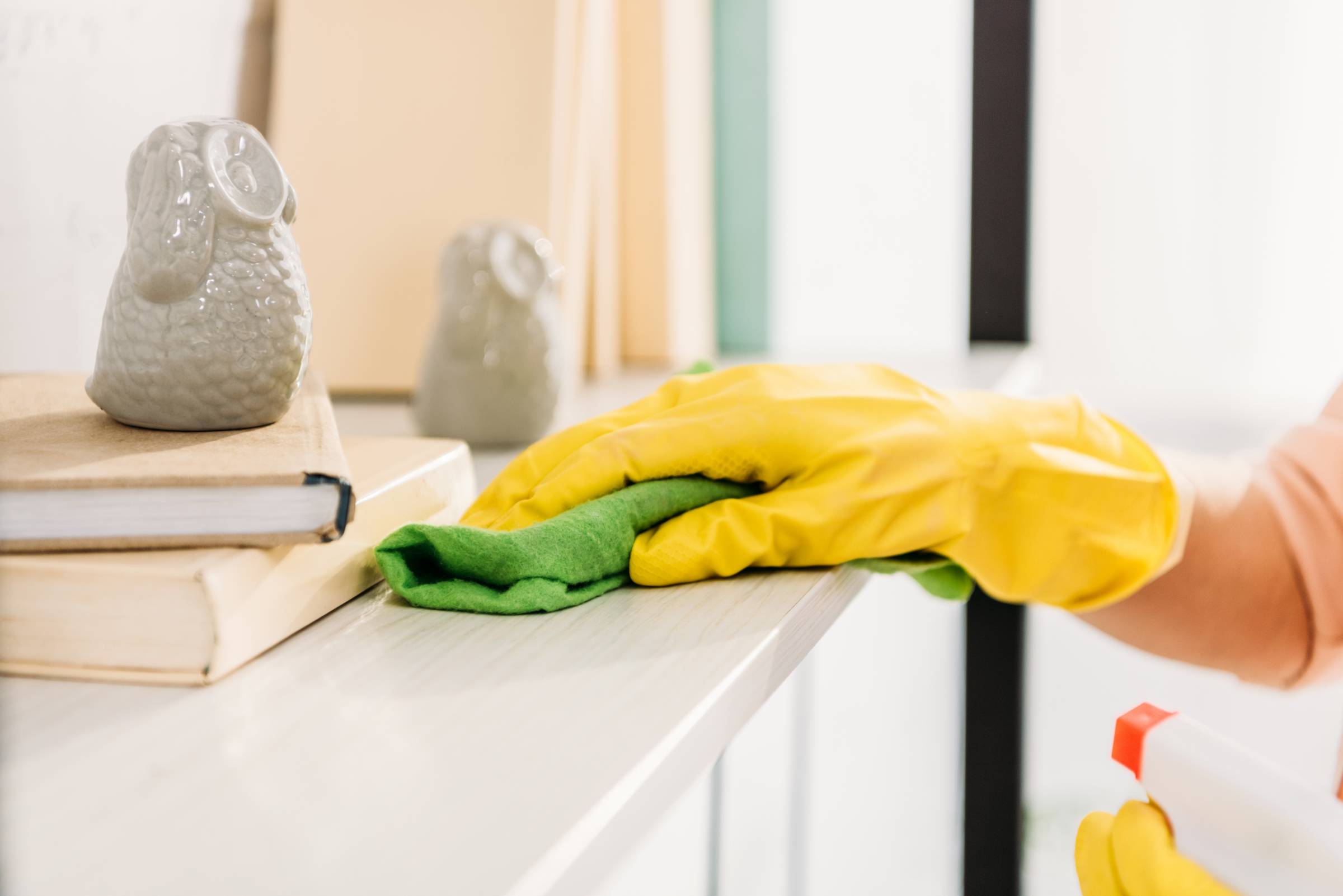
The ultimate spring cleaning checklist
Read more
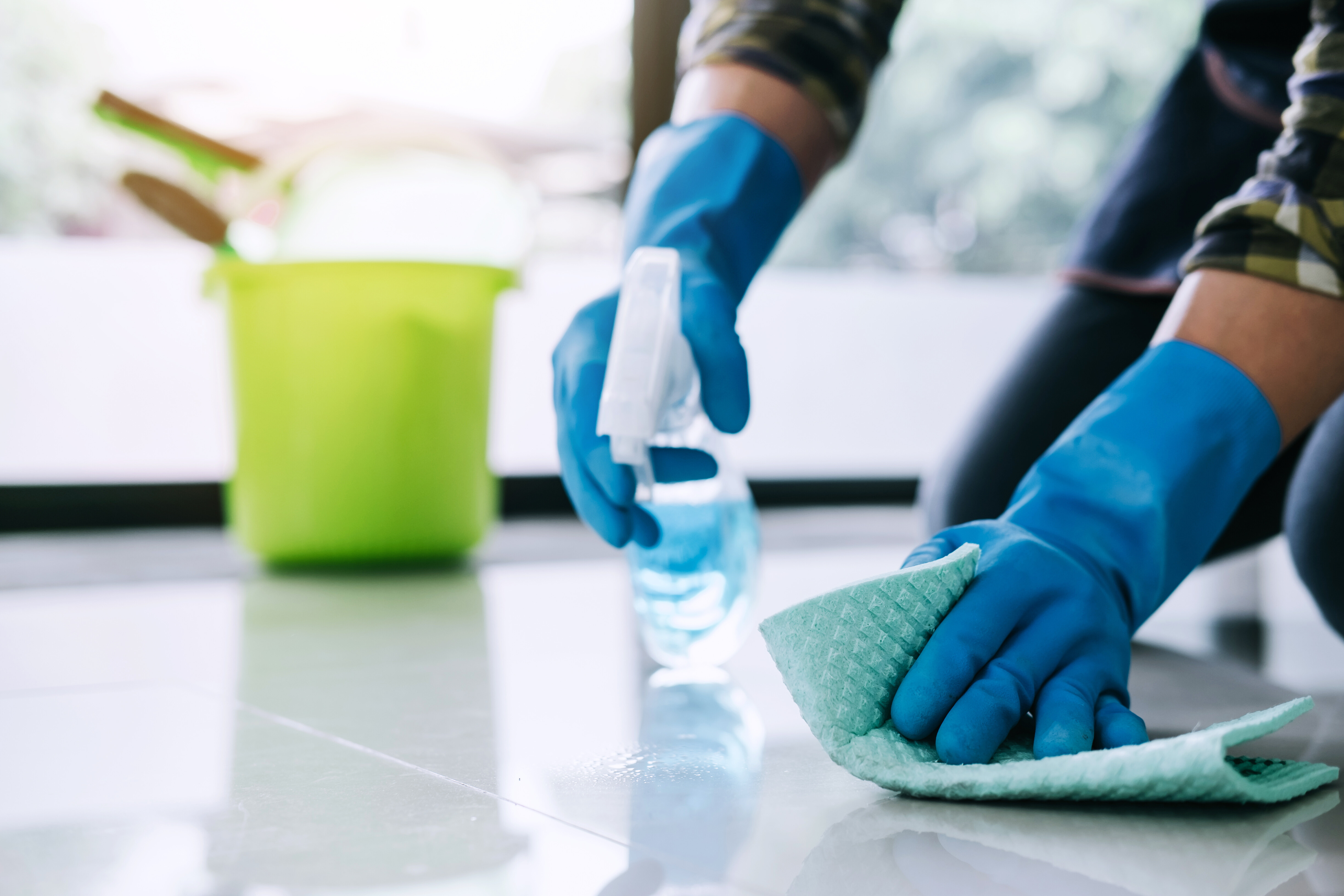
End of lease cleaning checklist
Read more
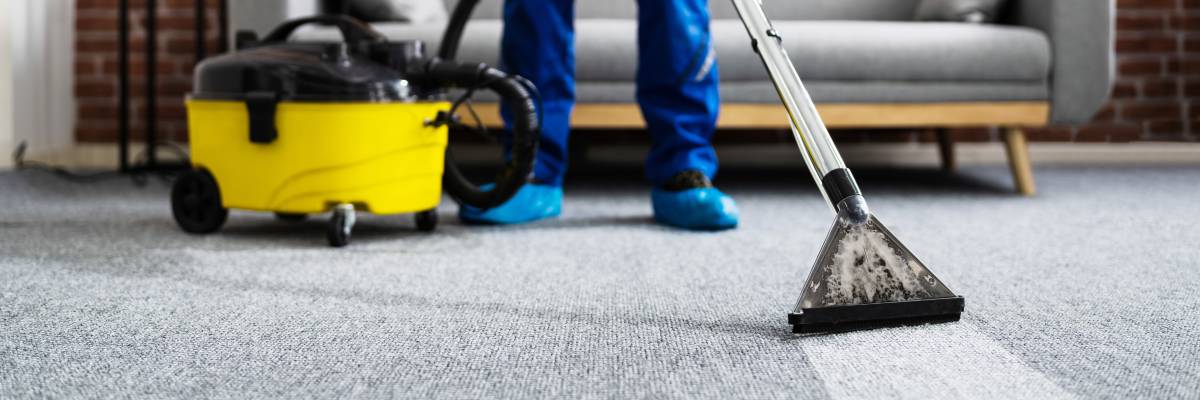
How to become a housekeeper
Read more
Related price guides
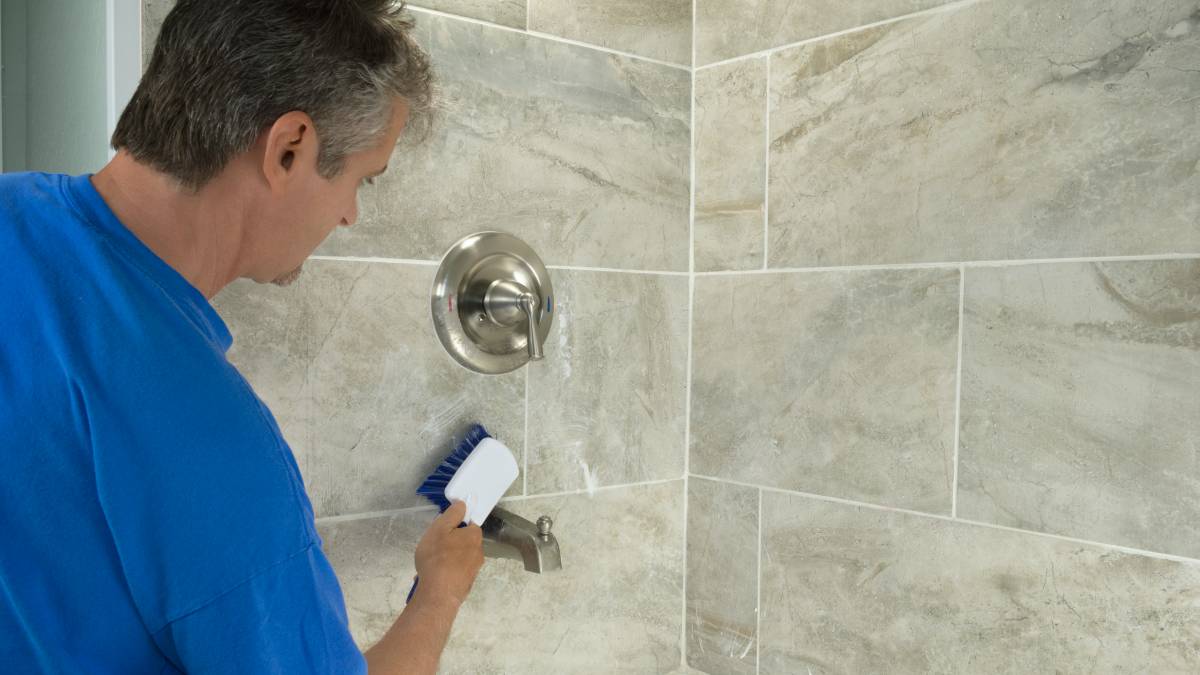
How much does tile cleaning cost?
Read more
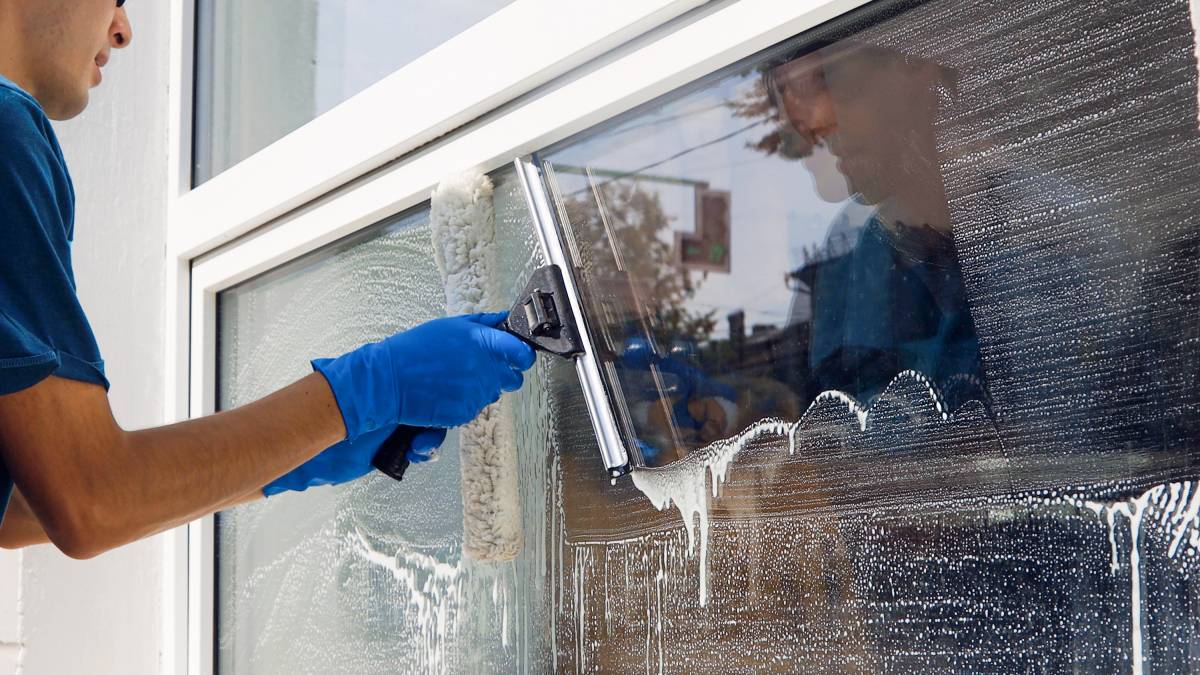
How much does a cleaner cost?
Read more

How much does office cleaning cost?
Read more
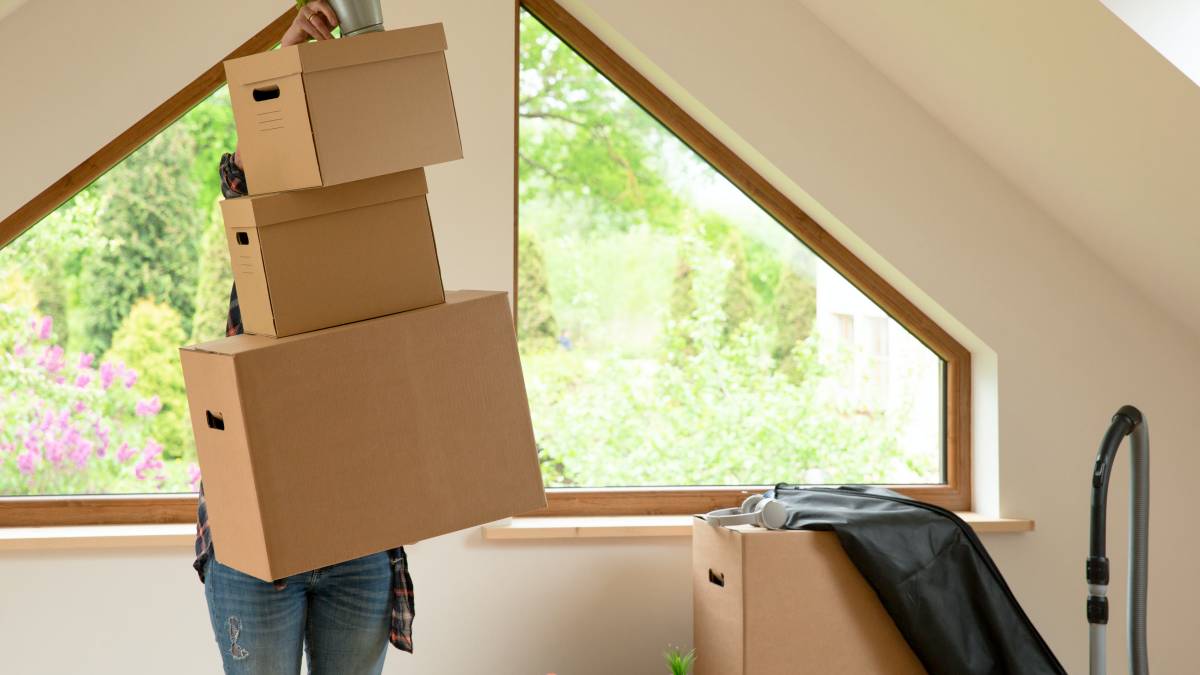
How much does attic cleaning cost?
Read more
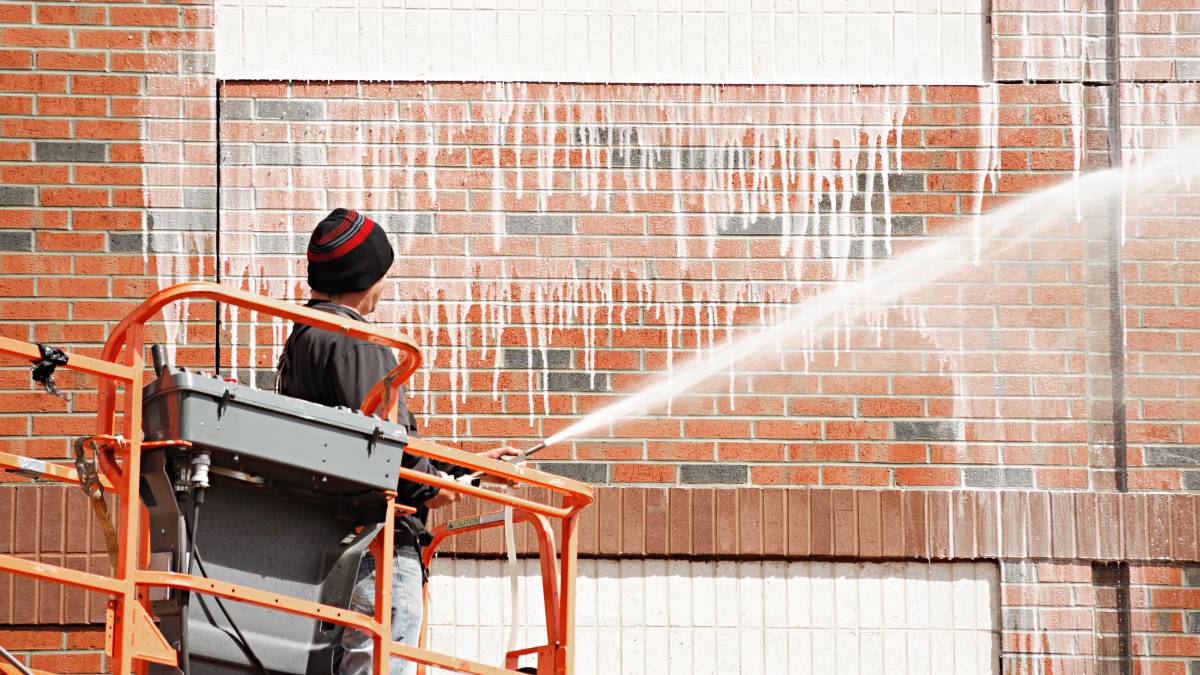
How much does brick cleaning cost?
Read more
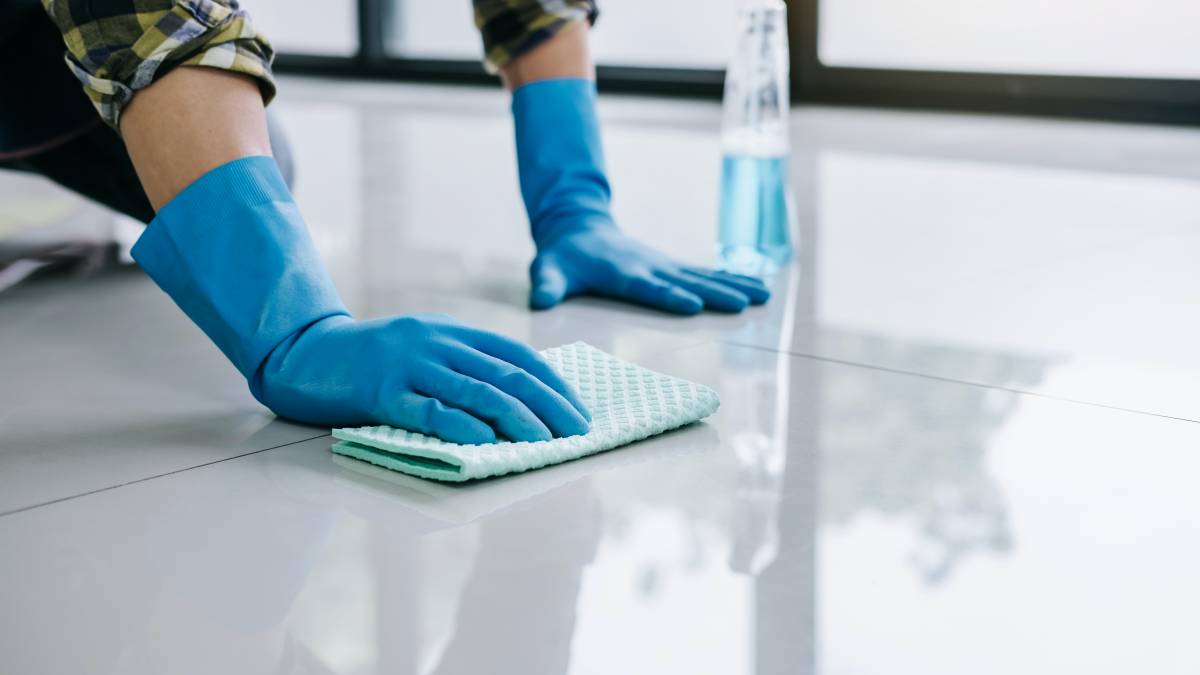
How much does floor cleaning cost?
Read more
